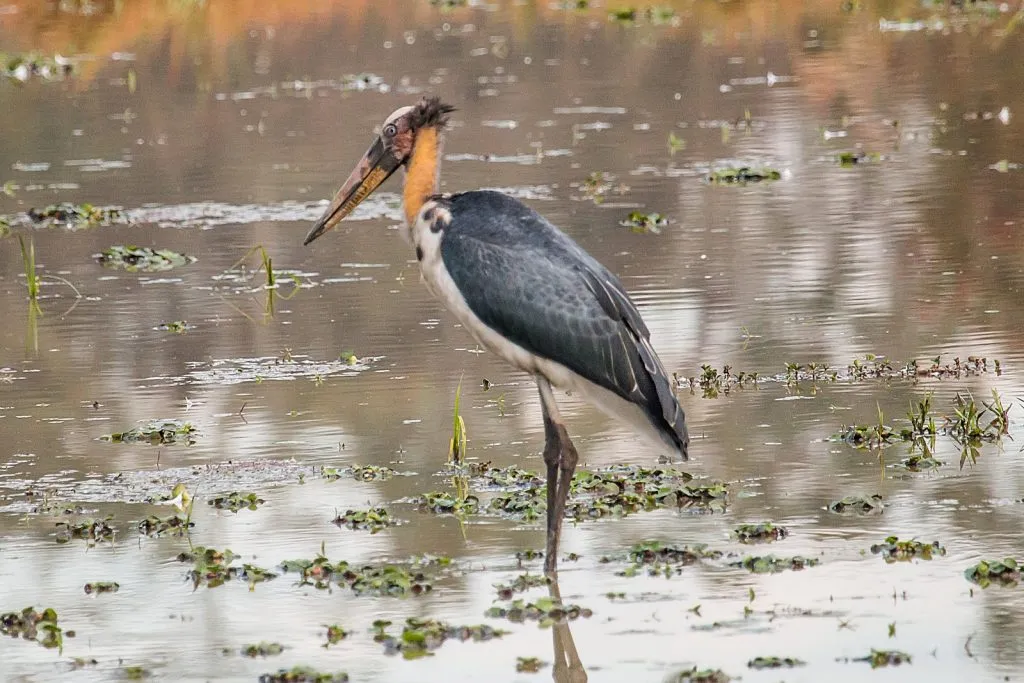by Dr. Anand Titus and Geeta N. Pereira
World Environment Day or Eco Day is celebrated every year and the theme for the year 2015 is “Seven Billion Dreams. One Planet. Consume with Care”.
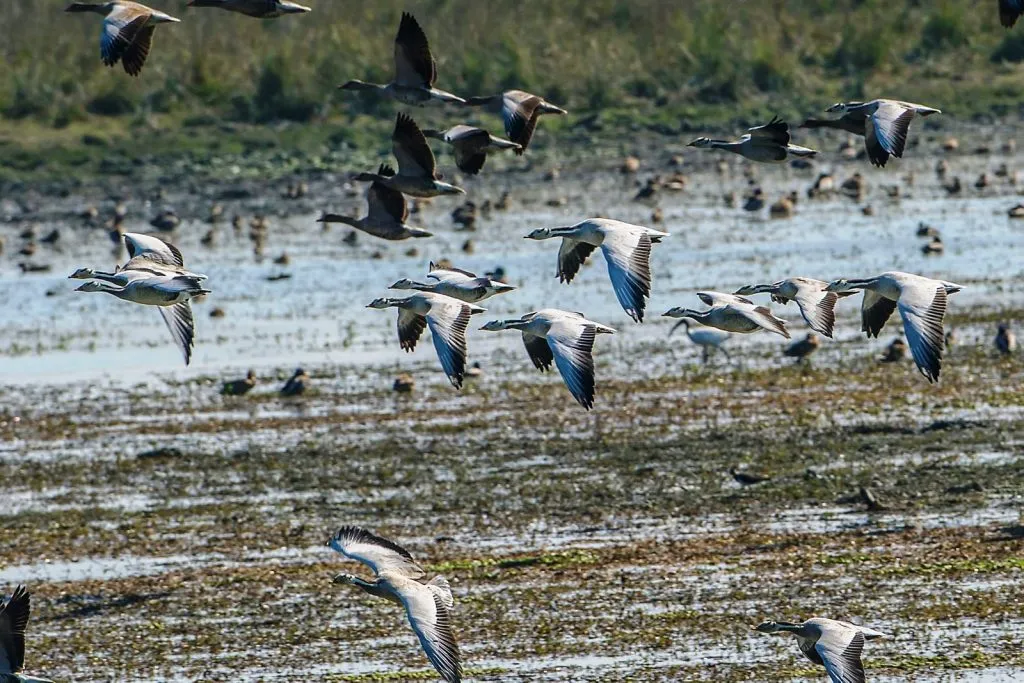
The United Nations in its report on the Status of the Planet clearly spells out that many of the Earth’s ecosystems are nearing critical tipping points of depletion or irreversible change, pushed by high population growth and economic development.
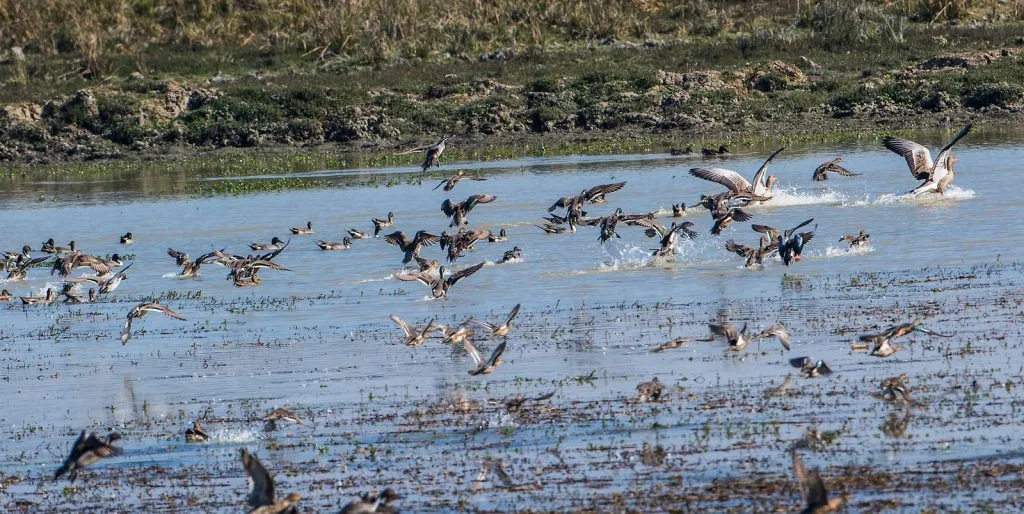
By 2050, if current consumption and production patterns remain the same and with a rising population expected to reach 9.6 billion, we will need three planets to sustain our ways of living and consumption.
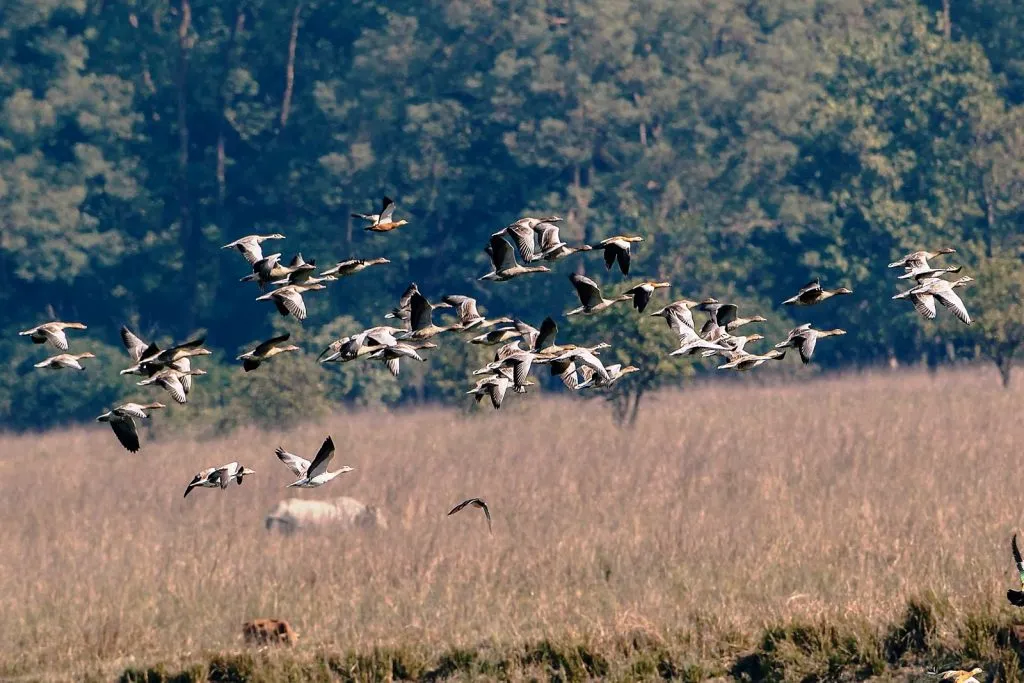
It is in this context , this article is written to primarily showcase the role of Indian Coffee and its positive impact on the Planet Earth, particularly with respect to Bird Migration.
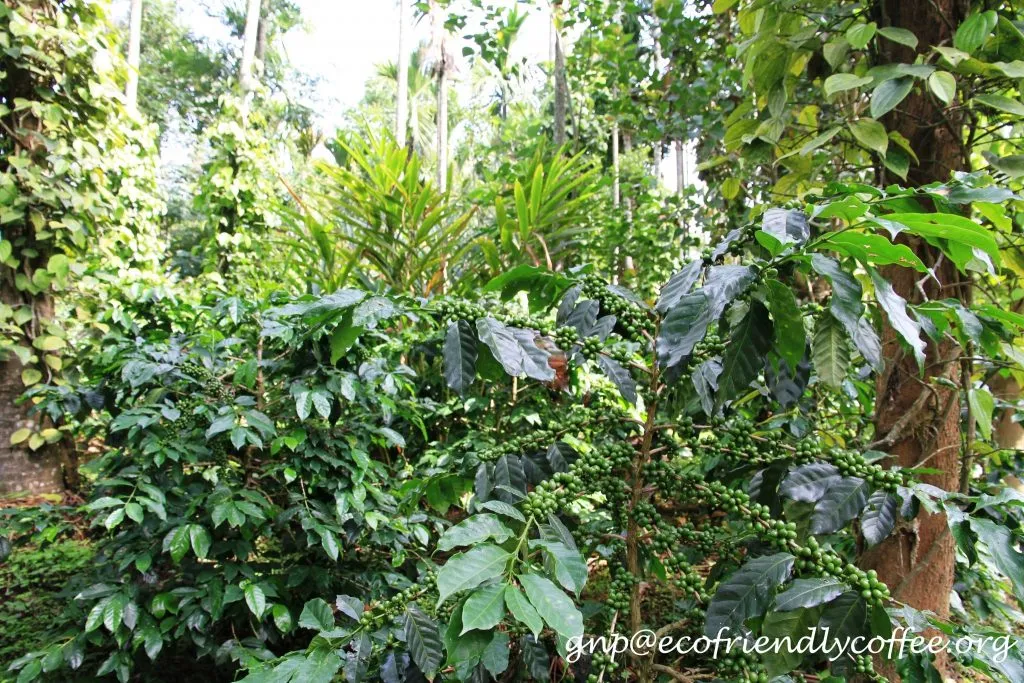
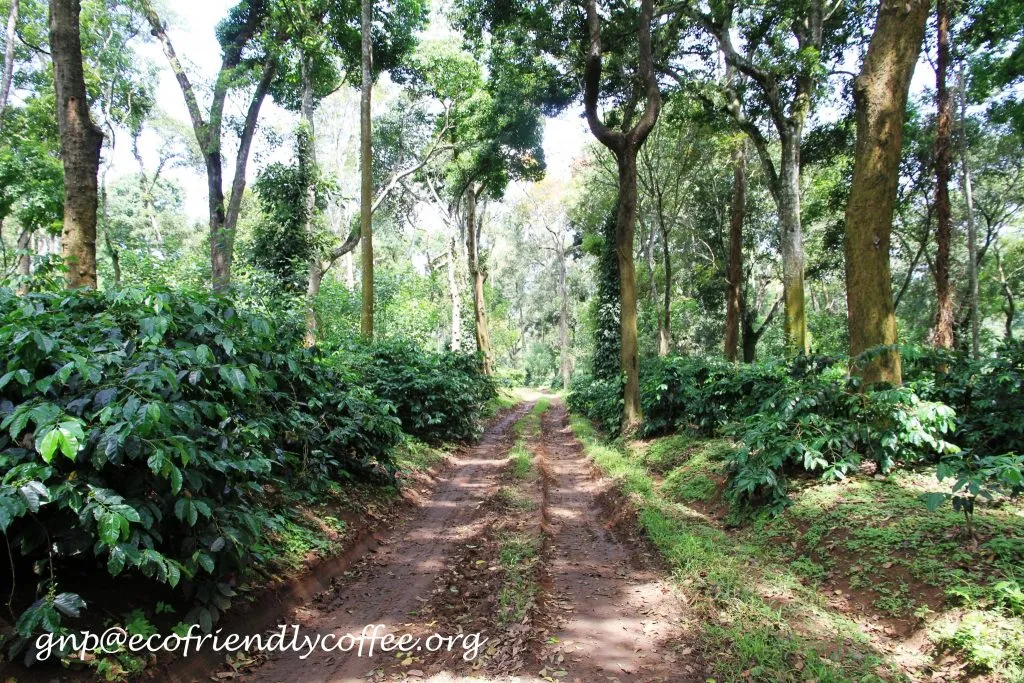
Bird Migration is a regular phenomena occurring throughout the world. Birds do not need a passport to travel to different Countries or through manmade boundaries.
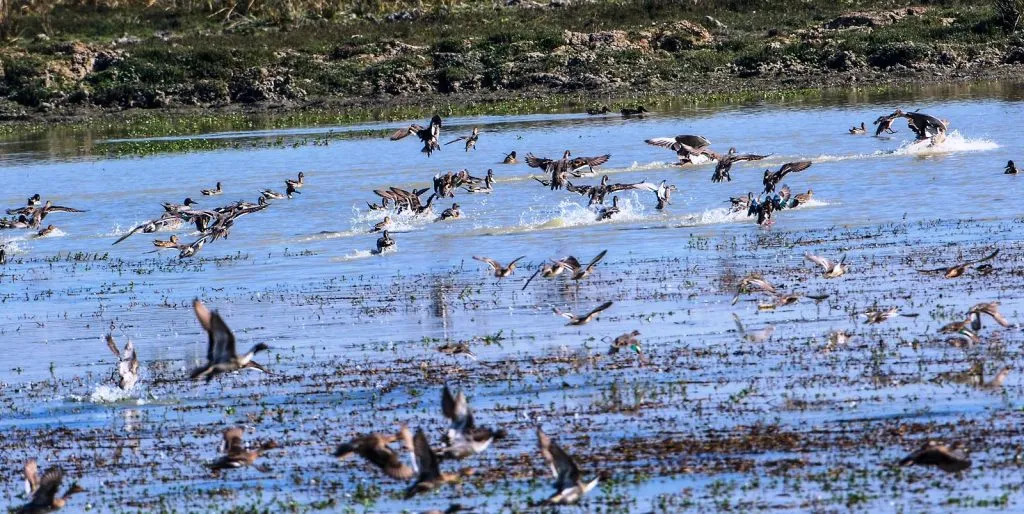
Birds in our opinion are welcome visitors in any part of the globe. This is especially true with respect to Shade Grown Ecofriendly Indian Coffee Plantations.
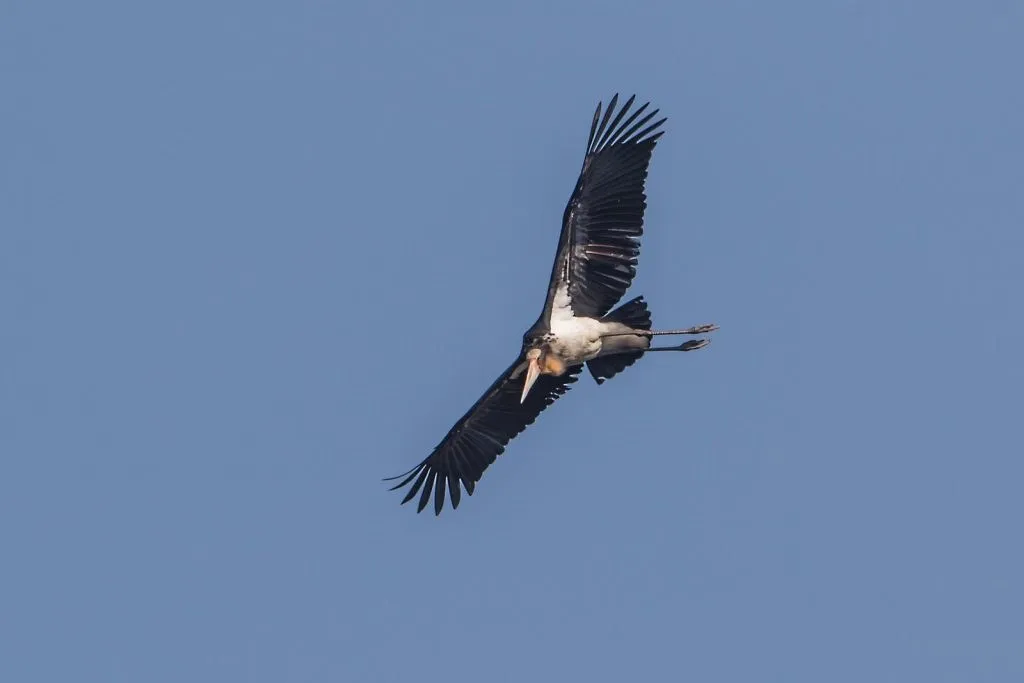
Bird migrations are regular seasonal movements, often north and South along a flyway between breeding and wintering grounds.
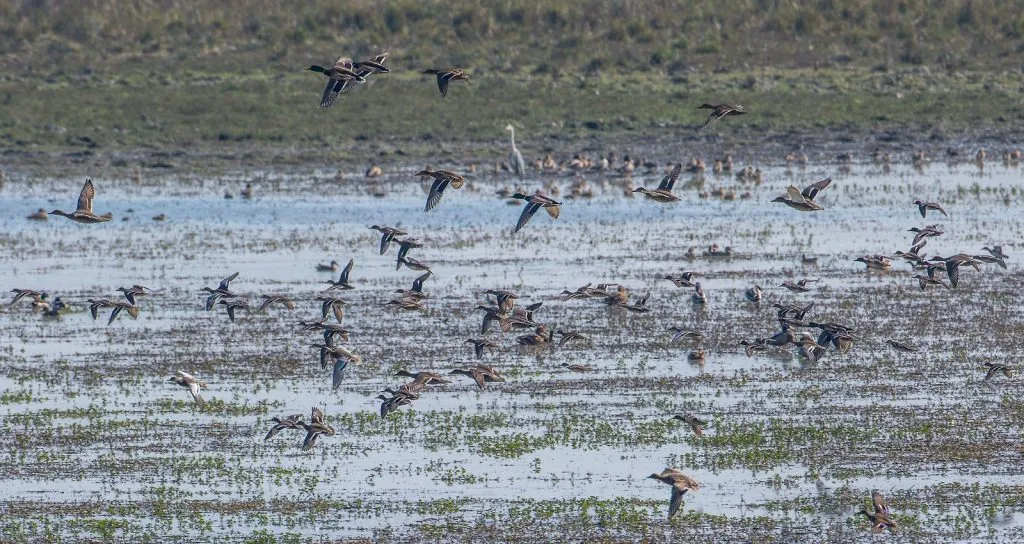
This article in particular highlights the important role played by Indian Coffee Planters in providing the much needed Stop over sites for birds during their annual winter migration.
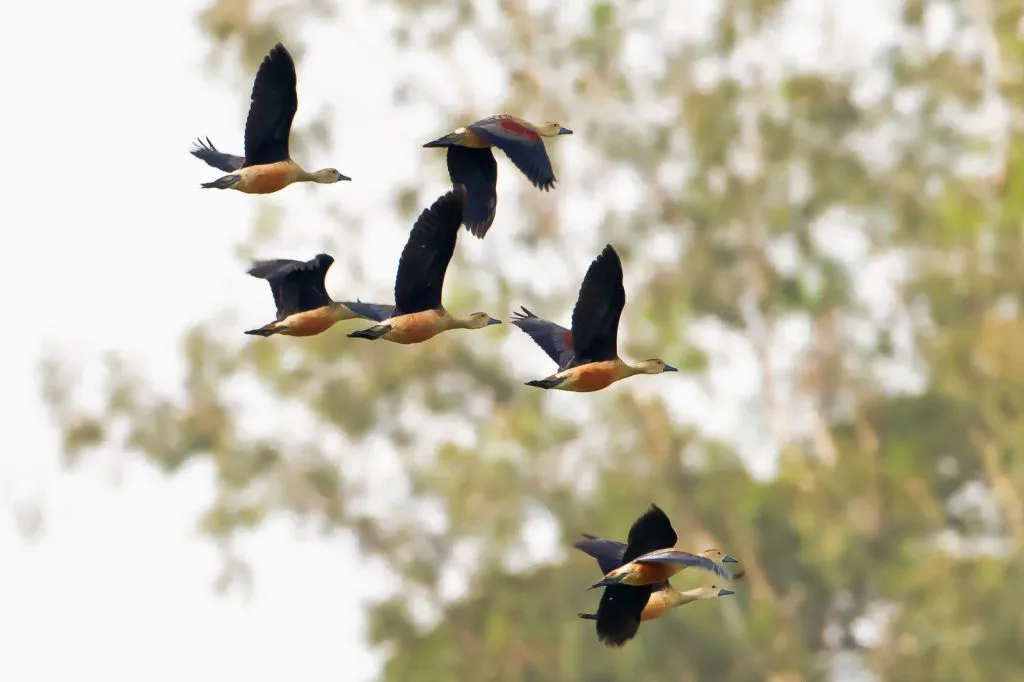
Stop over habitats are essential to successful bird migrations. The migration journey can involve thousands of miles with a dozen or more stop over’s or refueling stops.
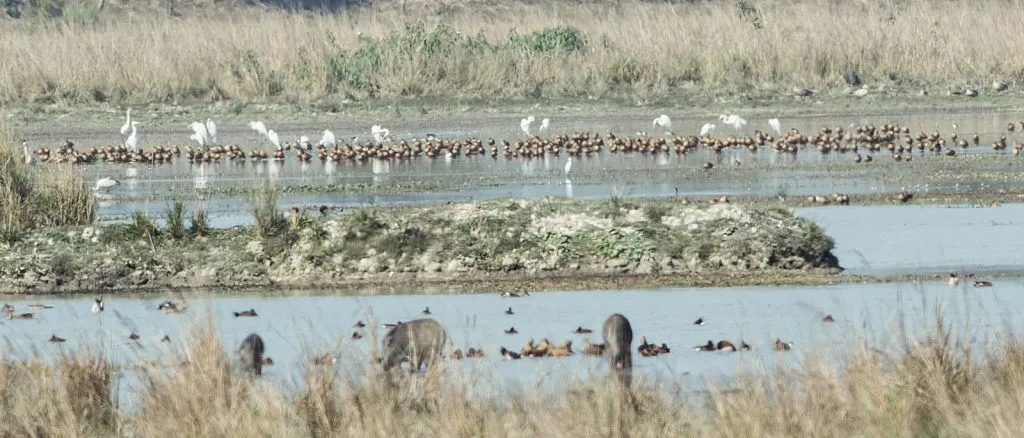
The migration period may extend for three months or less depending on the bird species and comprises sustained flight and stopover periods.
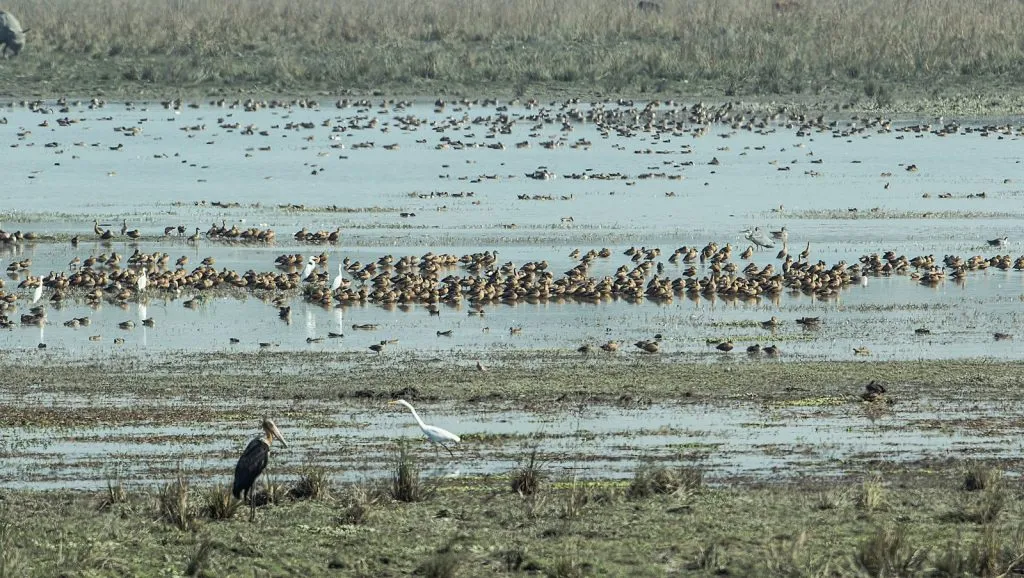
Some species of birds have a remarkable multistage migration pattern. In all migratory birds are well equipped to sustain these epic transoceanic journeys.
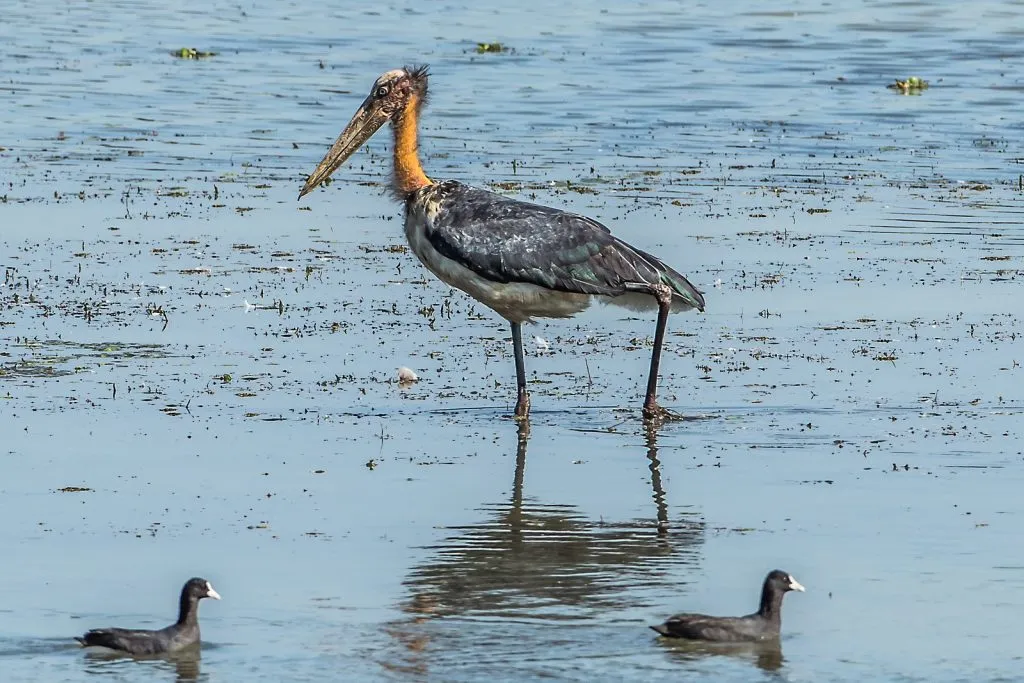
When migratory birds reach their stopover they are exhausted and hungry and they must refuel with energy rich food to survive their onward journey.
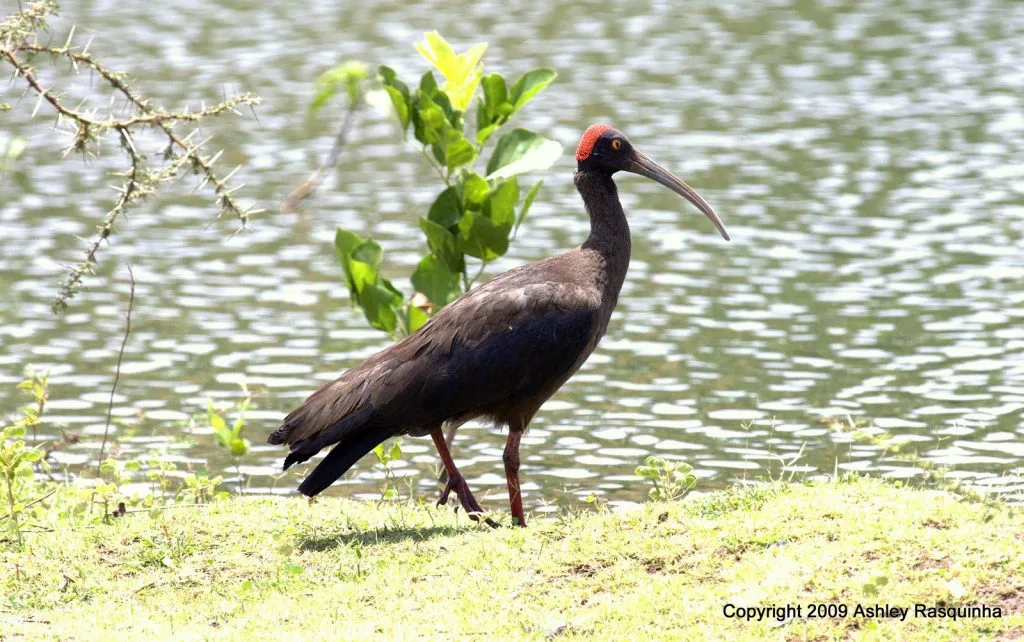
The loss of stopovers may be a key factor in such migratory bird declines.
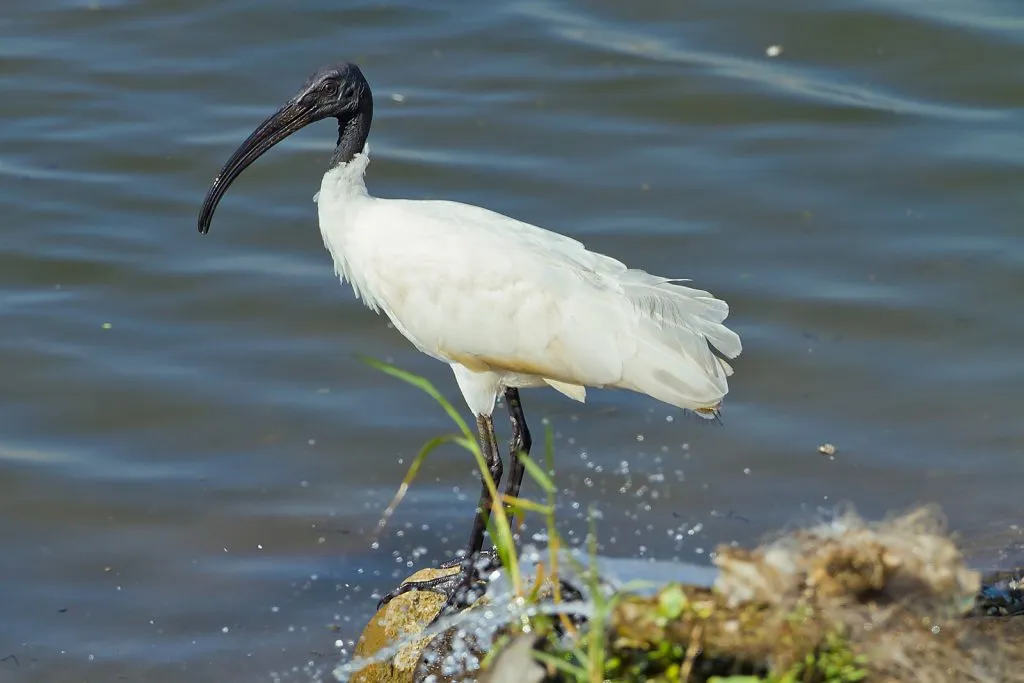
Irrespective of size of land holdings, all Coffee Planters inside ecofriendly Indian shade coffee provide waterholes for the purpose of irrigation.
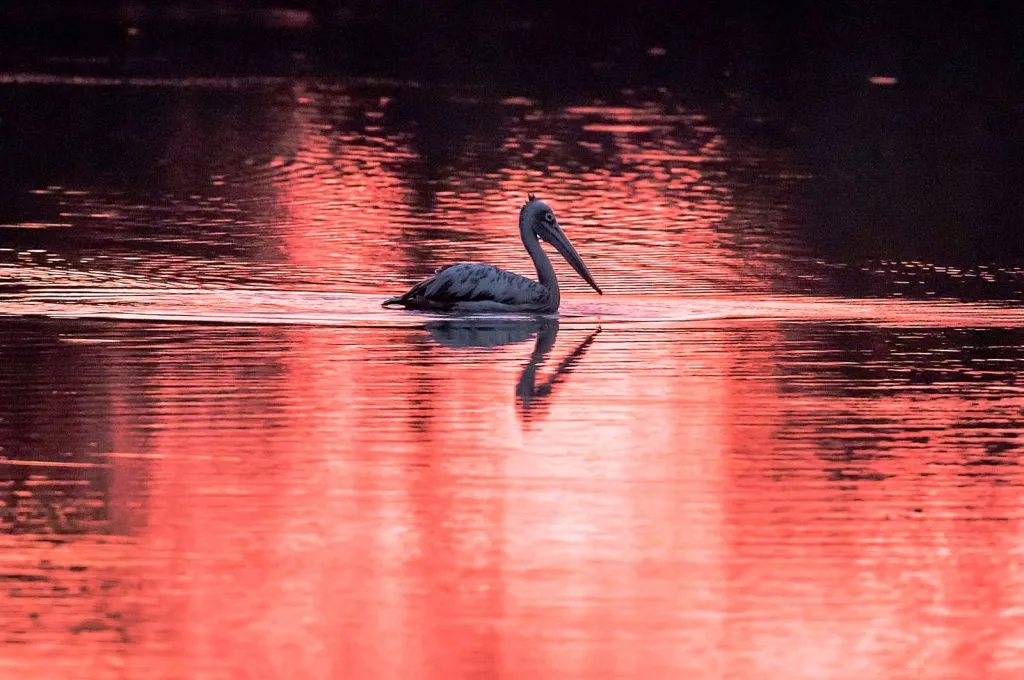
These ponds, lakes, tanks or water reservoirs act as watersheds and recharge the groundwater, for future generations.
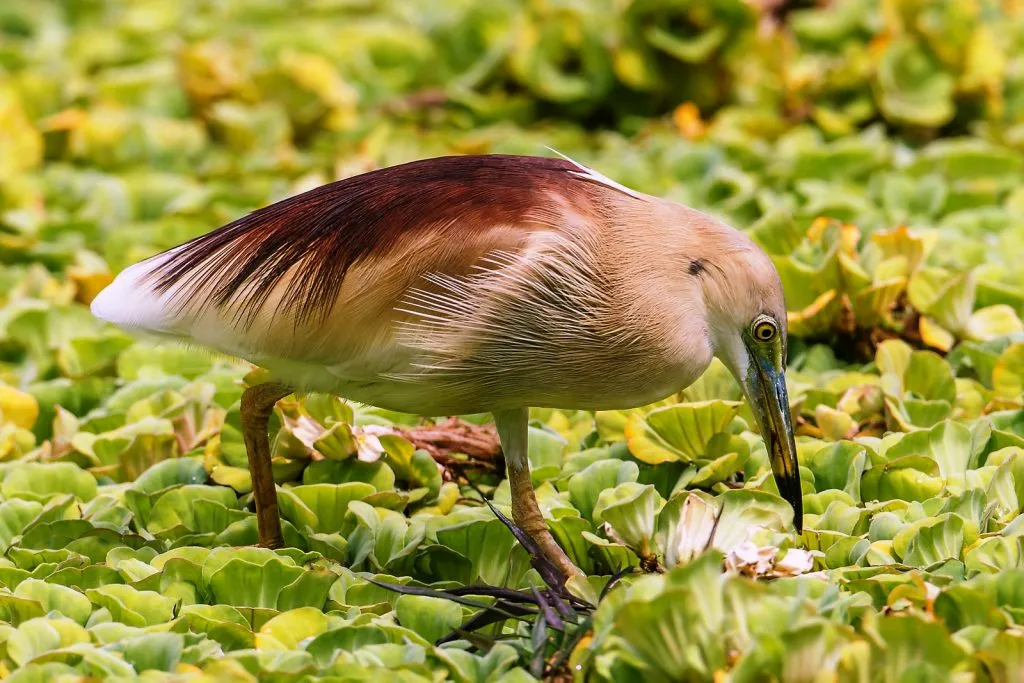
During the daytime these catchment areas provide a safe haven for both resident and migratory birds and at night they act as waterholes for wildlife.
Ornithologists are of the view that birds, during migration, spend approximately 15% of the time in the air and 85% on the ground.
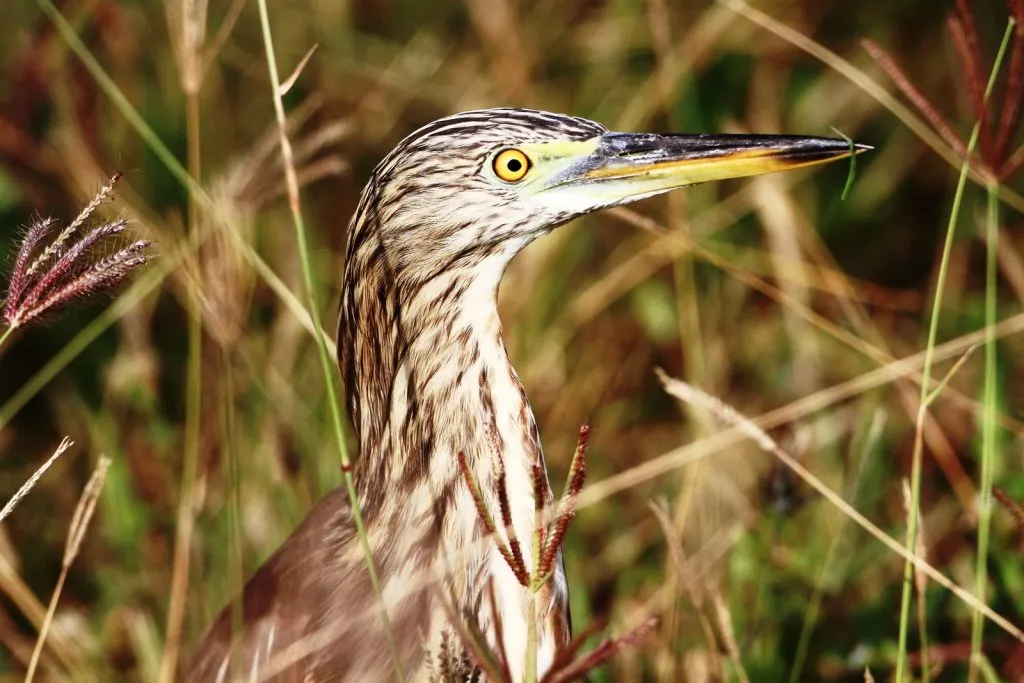
Hence, it is important to have a reliable source of abundant food supply during the stopovers.

Many of these critical refueling stops are located all along the length and breadth of the coffee forests.
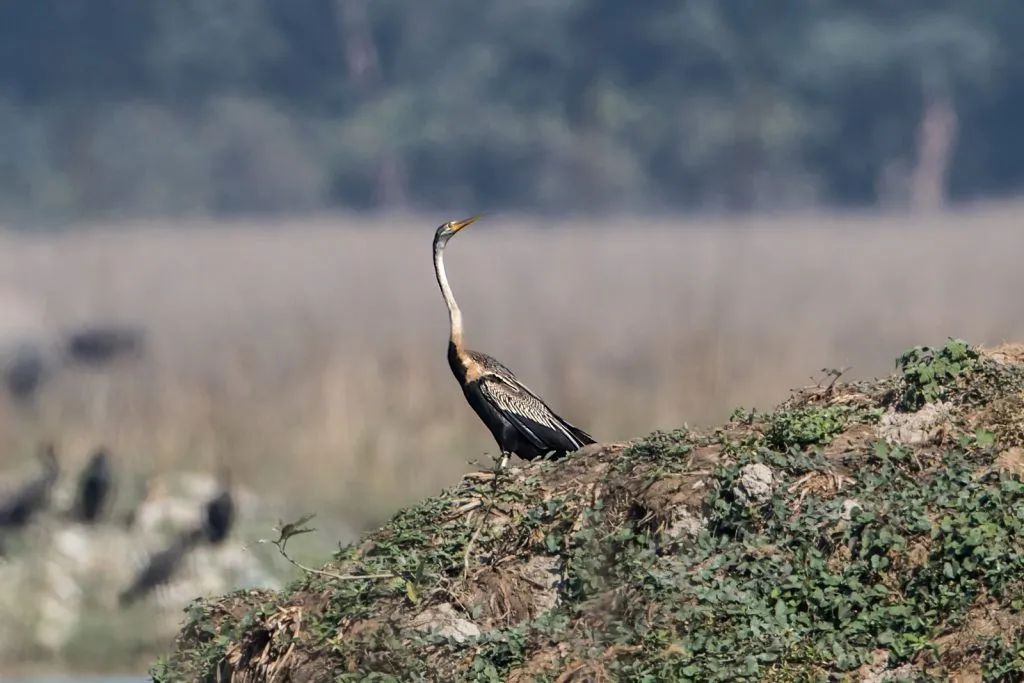
These stop over’s are strategically located and provide adequate food and shelter to millions of birds.
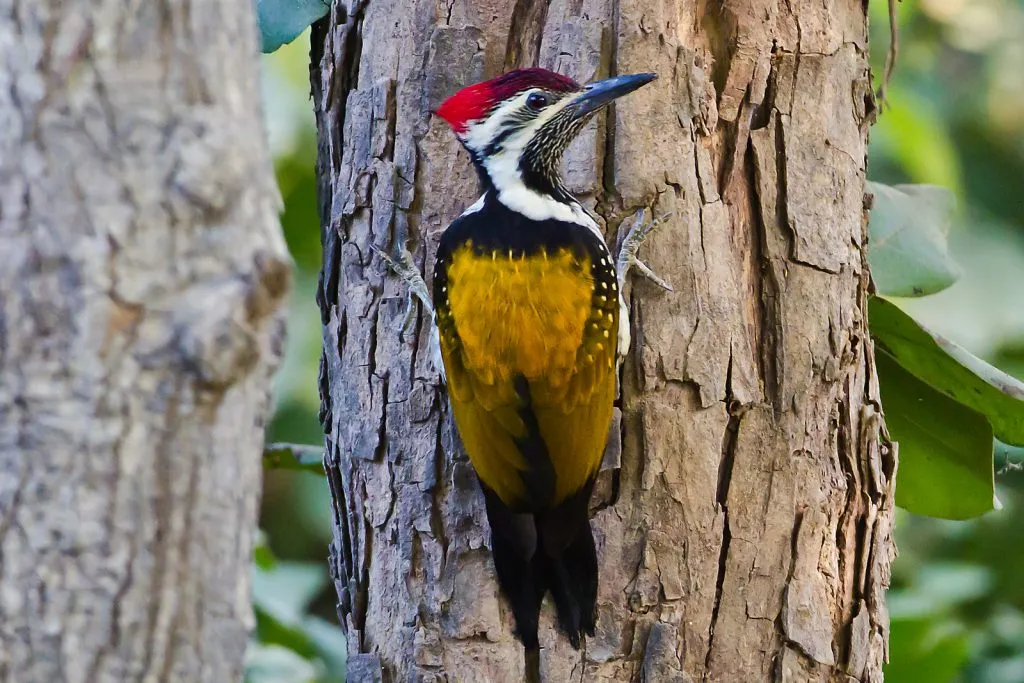
The most important factor for long distance migrants is their ability to gain body fat in a short period of time.
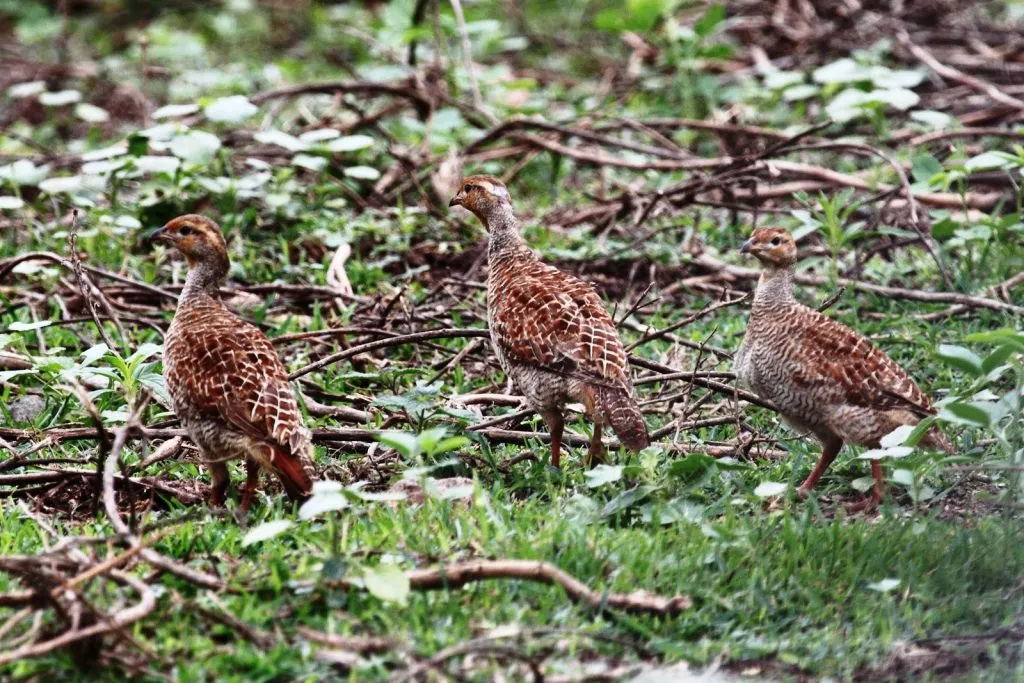
Research indicates that on an average before birds start migrating, fat makes up a very high percentage of their total body weight ;about 15% for hawks, 66% for shorebirds, and a whopping 70% for songbirds.
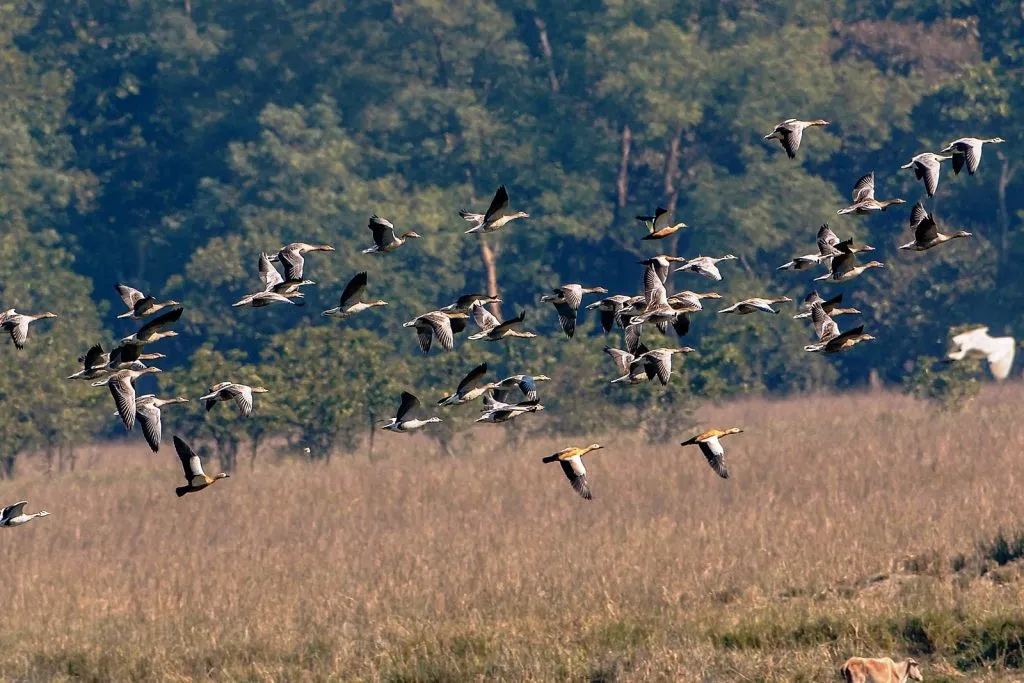
Another important aspect of ecofriendly shade coffee is the topographic characteristics which define the character of the coffee mountain.
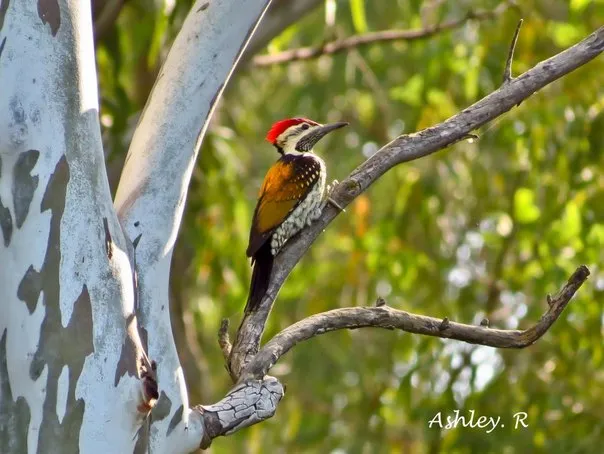
Higher elevation sites, valleys, grass lands, meadows, extensive wet lands and rolling hills provide for a variety of niche areas for different types of insects to breed and multiply.
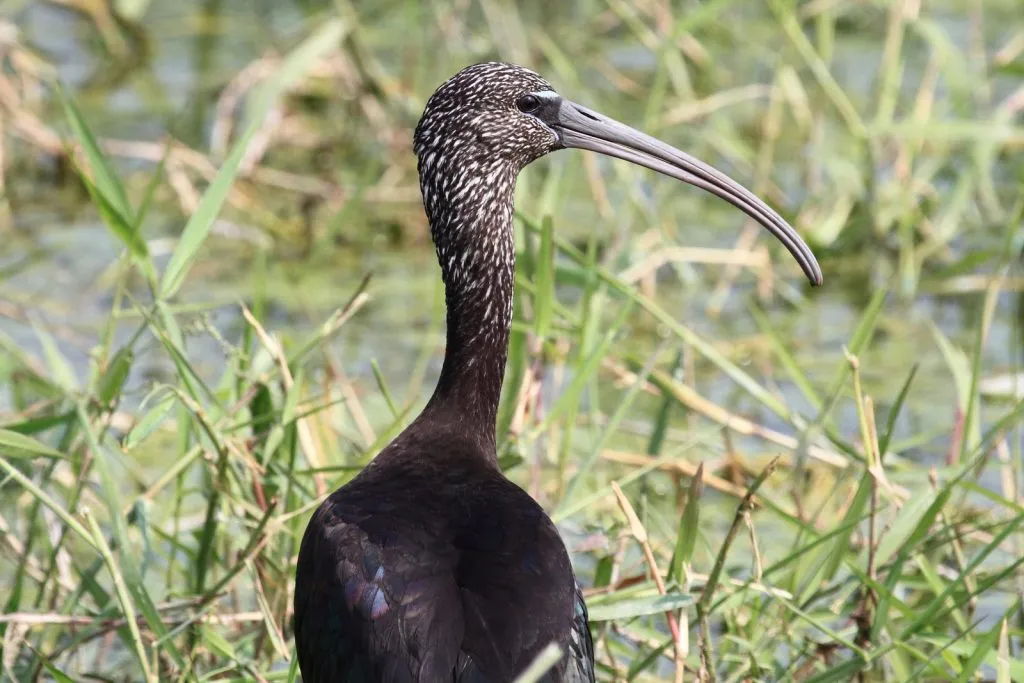
Nature has engineered these ecological parameters in a very structured way to coincide with bird migrations to provide an abundant supply of food and also a variety of food depending on the types of bird migrations.
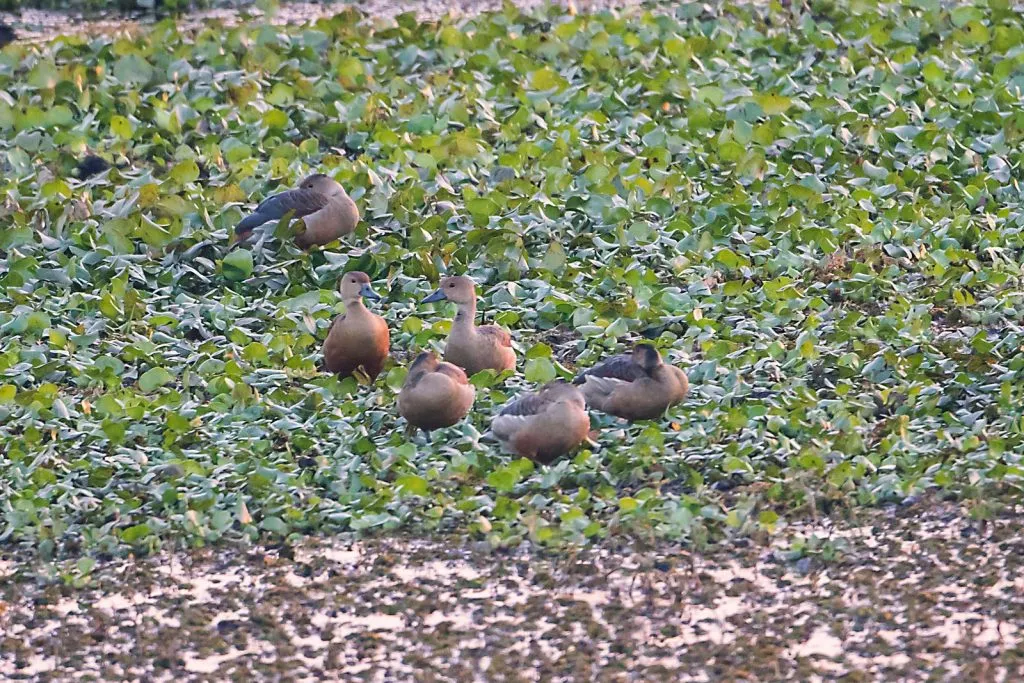
Types of Migration
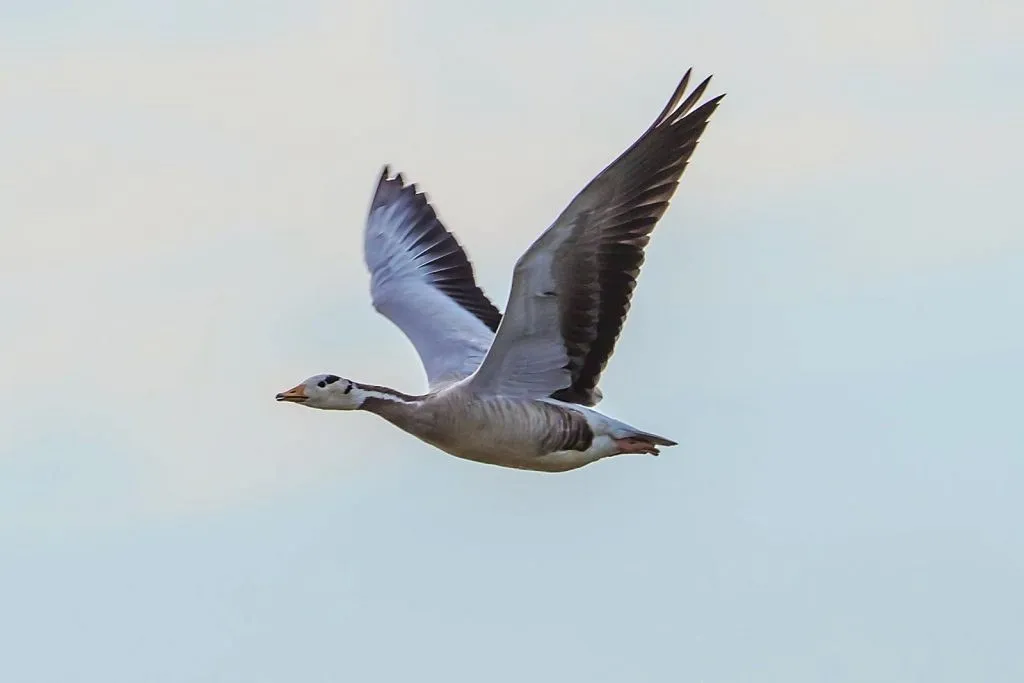
Bird species have evolved well defined wing patterns and shapes to accomplish migrations. Generally, the longer distance migrants tend to have longer and more pointed wings so as to create less drag.
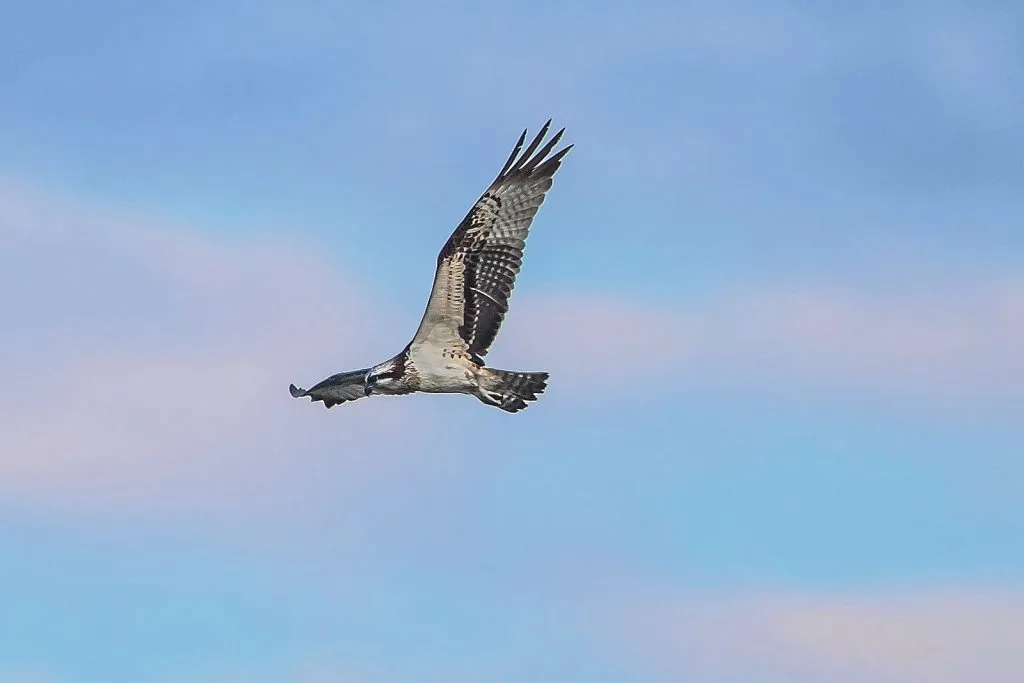
The short distance migrants are gifted with shorter wings and are more rounded compared to the long distance migrants.
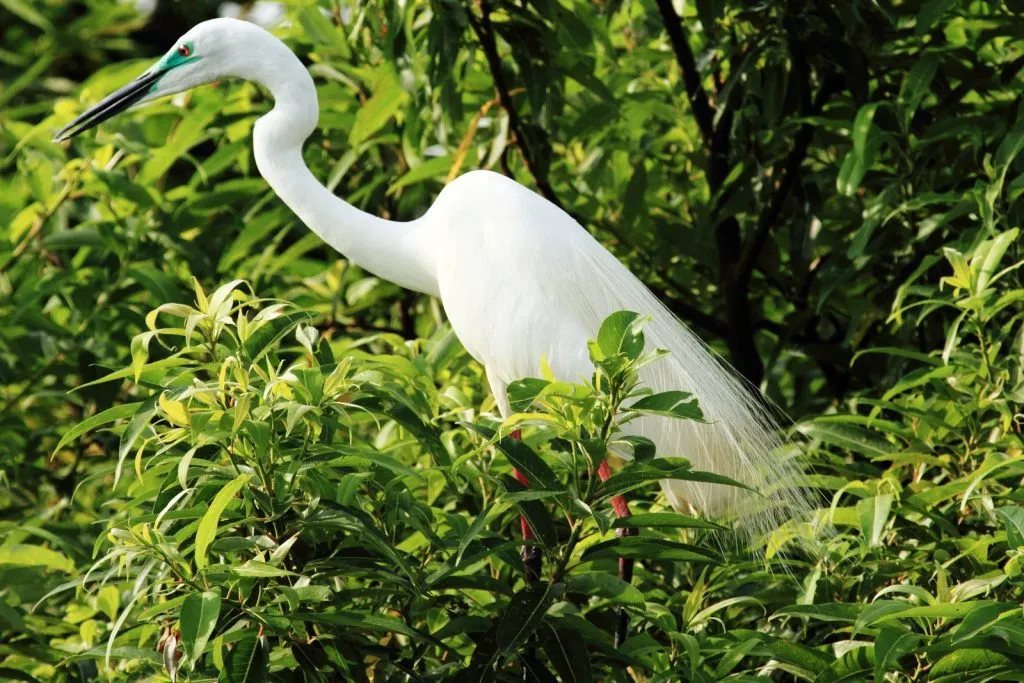
The type of flight undertaken also varies. Some birds like the warblers flap their wings continuously to fly, others soar or glide between thermals.
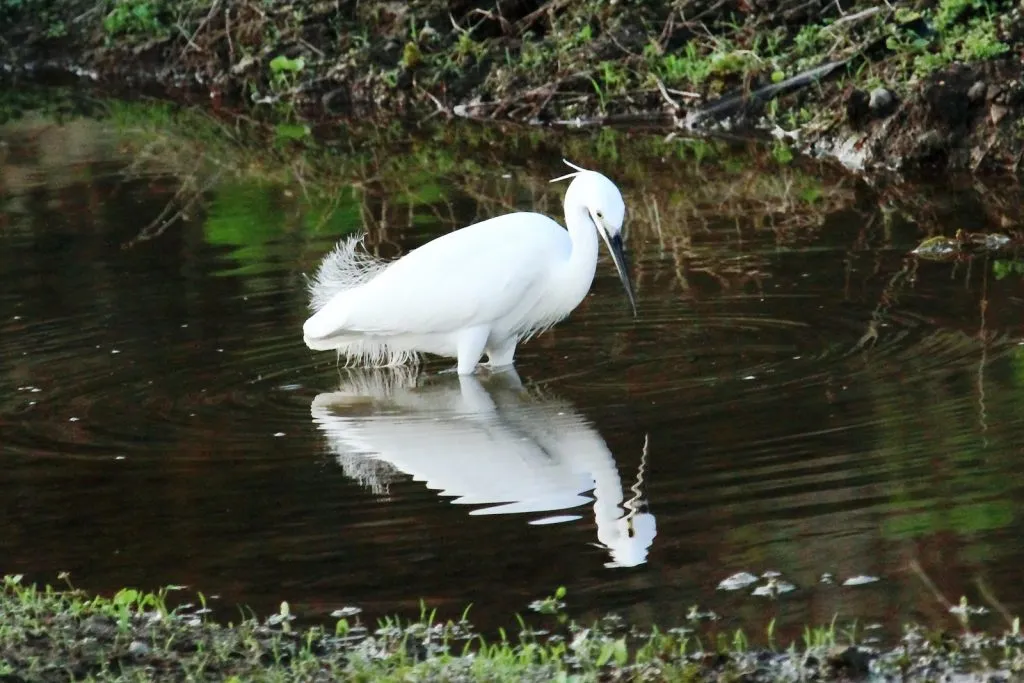
Long Distance Migrants
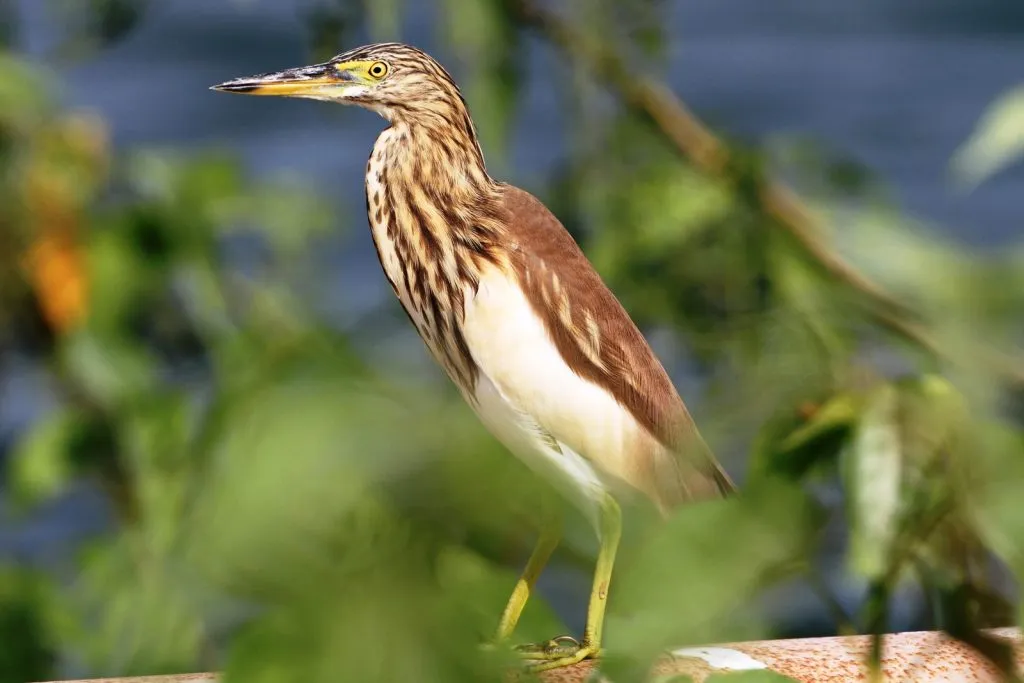
Medium Distance Migrants
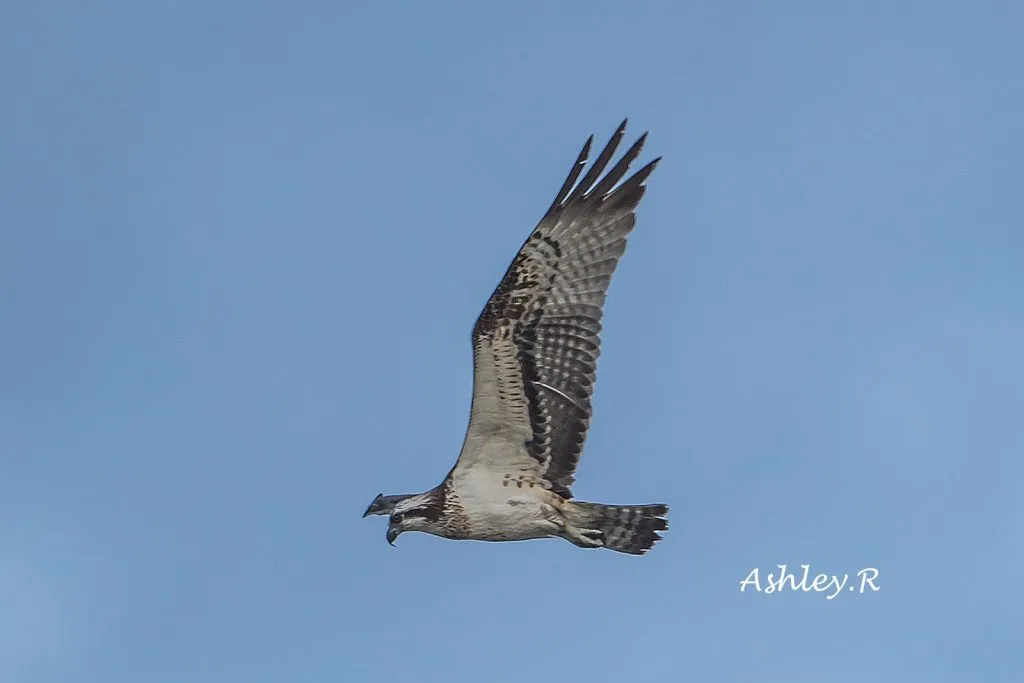
Short Distance Migrants

Permanent Residents are localized in a particular location but may fly short distances when the availability of food declines.
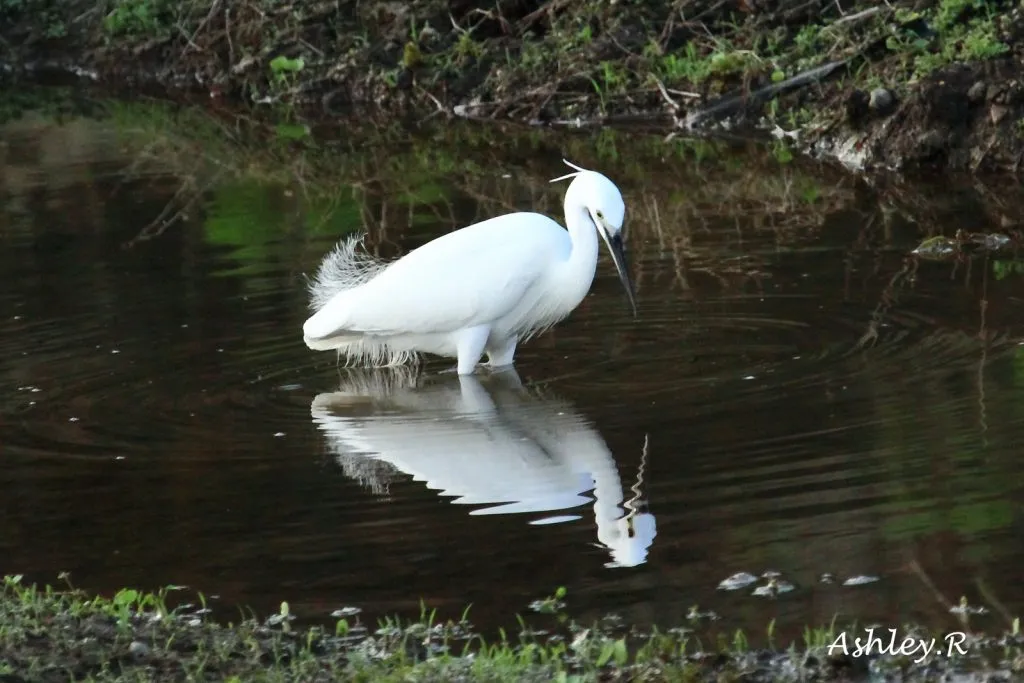
Threats
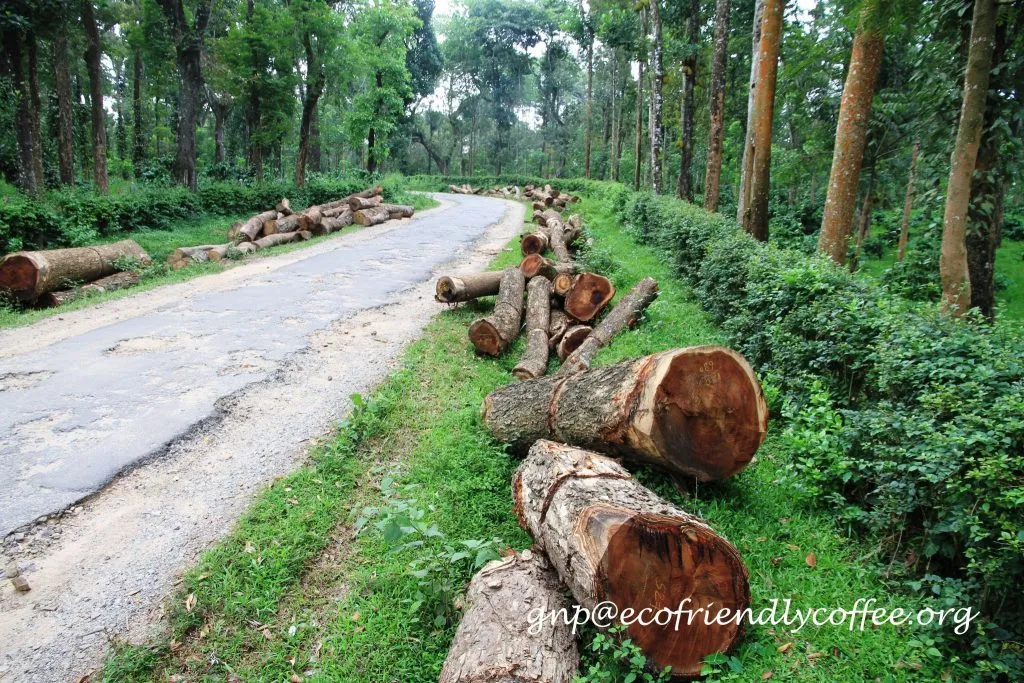
Bird migration involves many unforeseen threats. In fact more than 50 % of the birds do not make it to the breeding grounds because of predation and mortality as the principal threats.
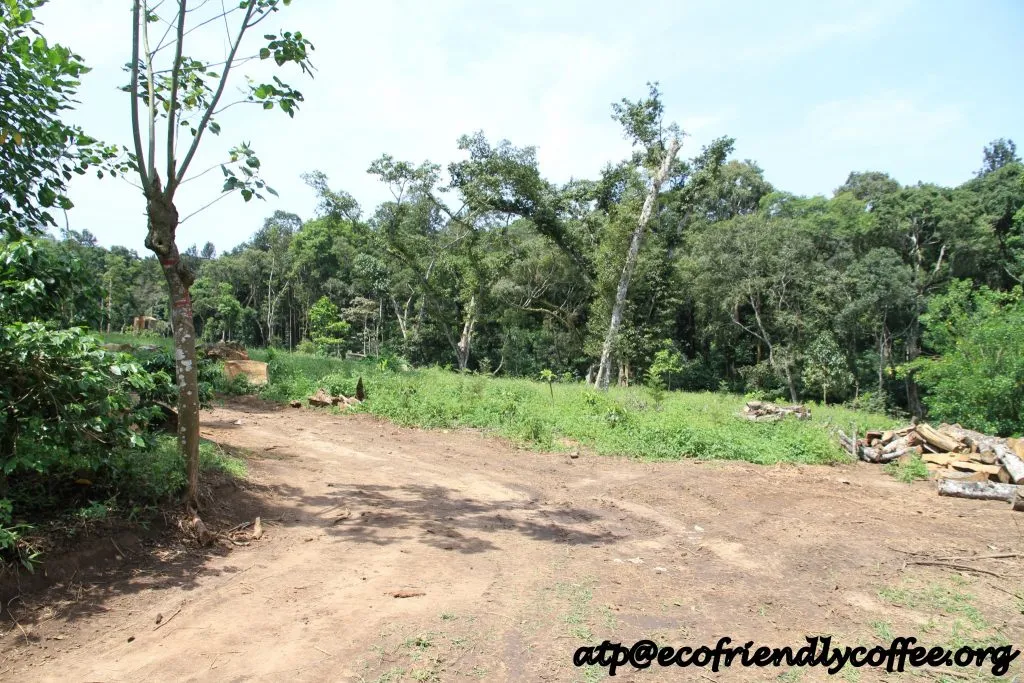
Recent threats inside shade coffee involve habitat fragmentation, converting parts of shade coffee into sun loving coffee by cutting trees, converting energy rich wetlands into coffee plantations, Filling lowlands and draining water to accommodate oil palm plantations.
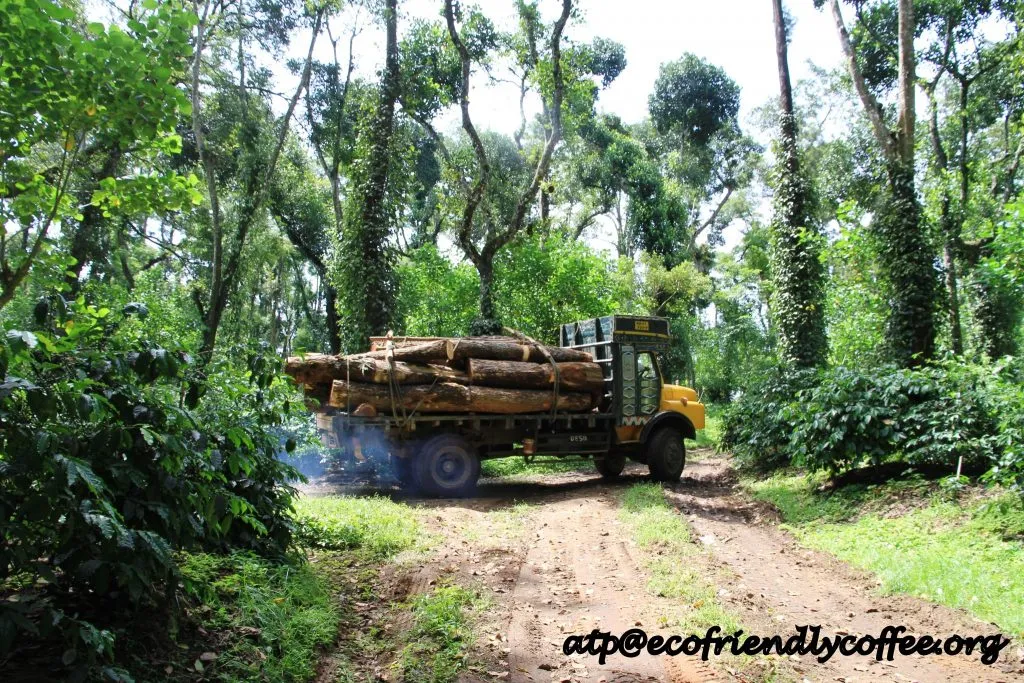
Other Migration Hazards include pollution of water bodies as well as air. indiscriminate use of pesticides and herbicides, the use of unacceptable levels of fertilizers and chemicals which destroy all types of insects, laying of gas and oil pipelines and erection of power lines and wind turbines.
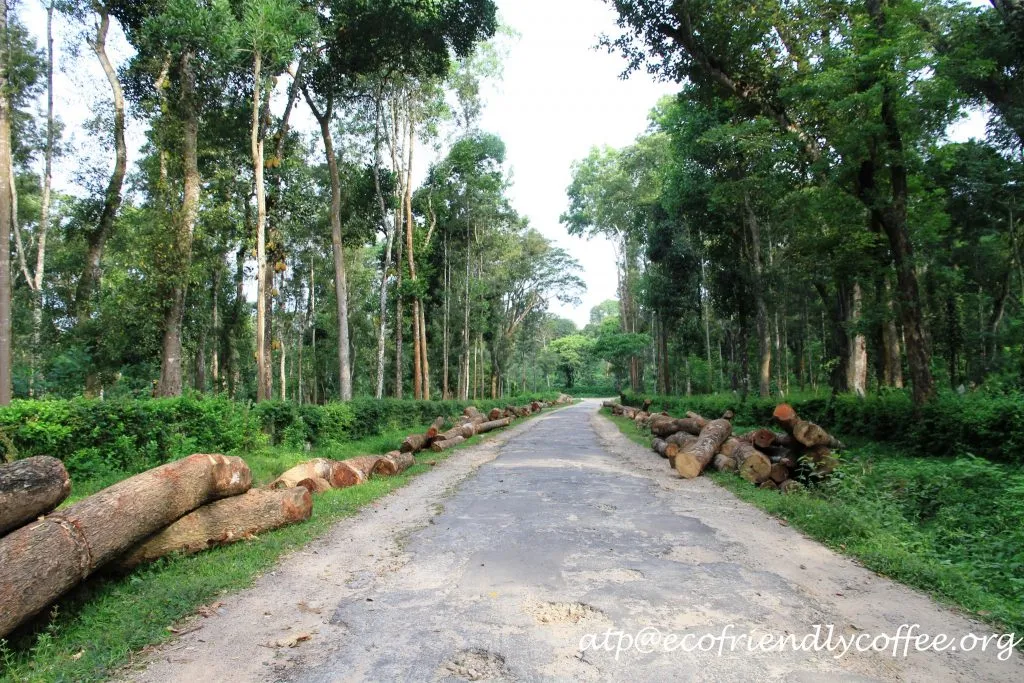
It is a well established fact that global warming, due to human activities has impacted birds to an extent that many note worthy species are on the brink of extinction.
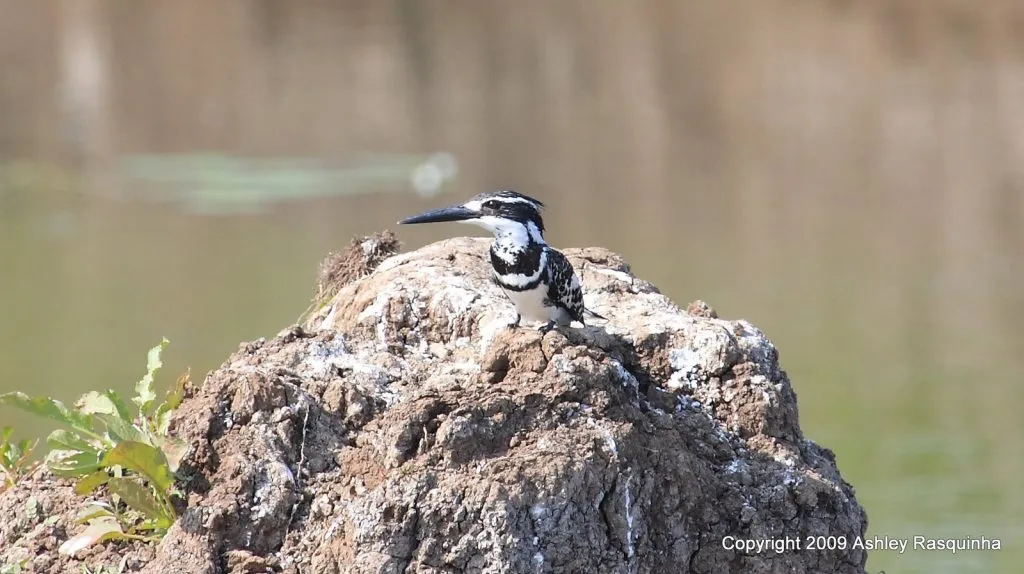
Even though, man has not realized the full scale impact of climate change, it has resulted in the collapse of other ecosystems worldwide which supports birds and other wild life species.
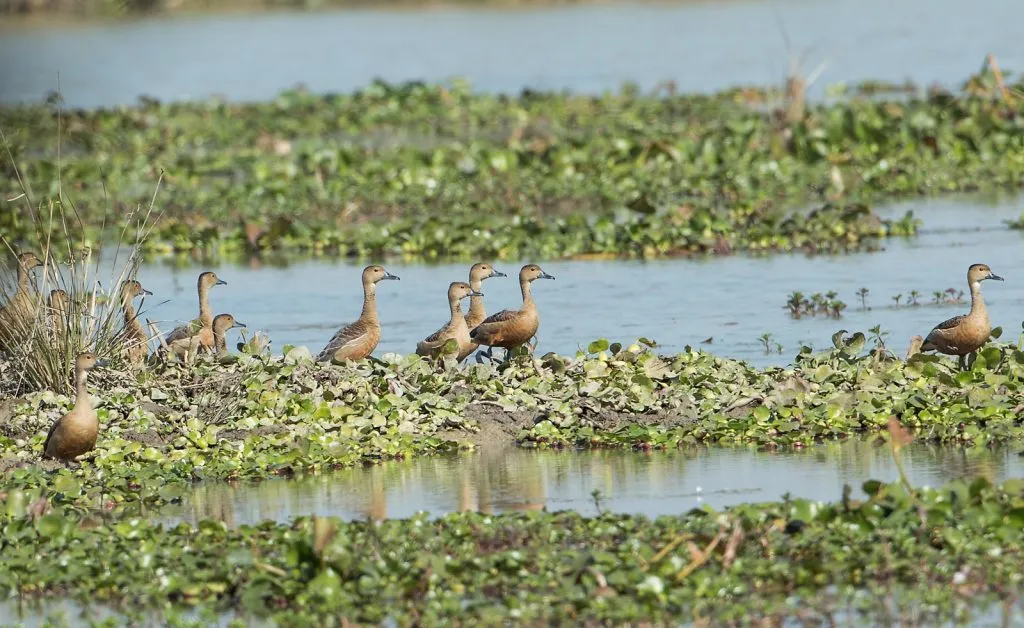
The distribution of many bird species all along the length and breadth of the Coffee Forests is quickly changing.
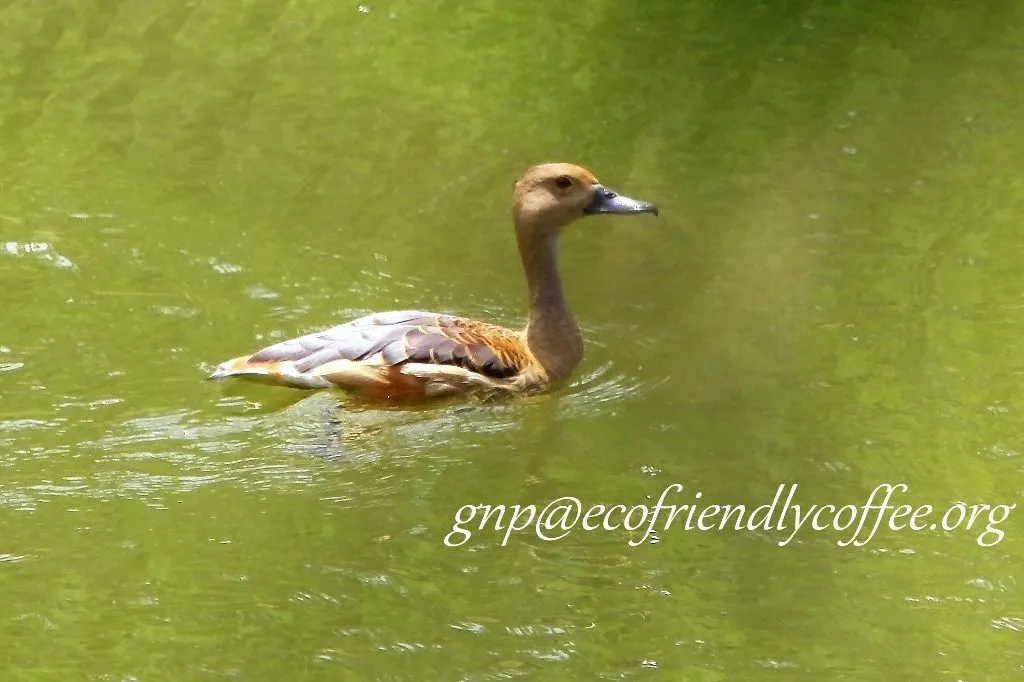
Breeding seasons are coinciding with rapid floods, destroying nests, eggs and young hatch-lings and the upbringing of chicks coincides with the drought period where the supply of food is on the decline.
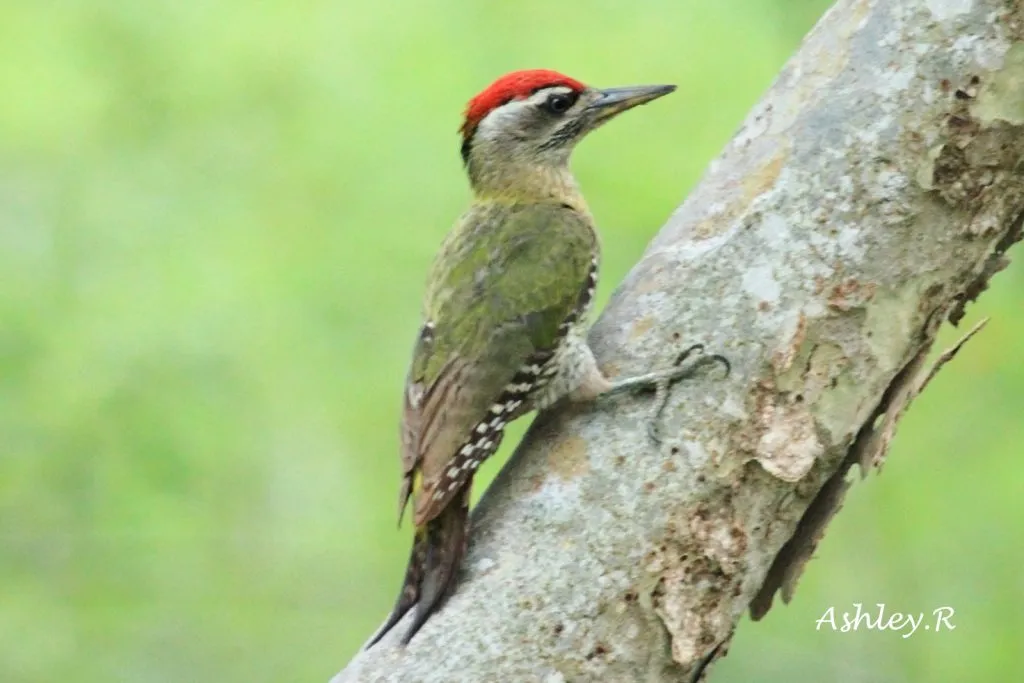
At times the local or resident birds adapt quickly to these changes and multiply in great numbers, threatening the food supply of migratory birds.
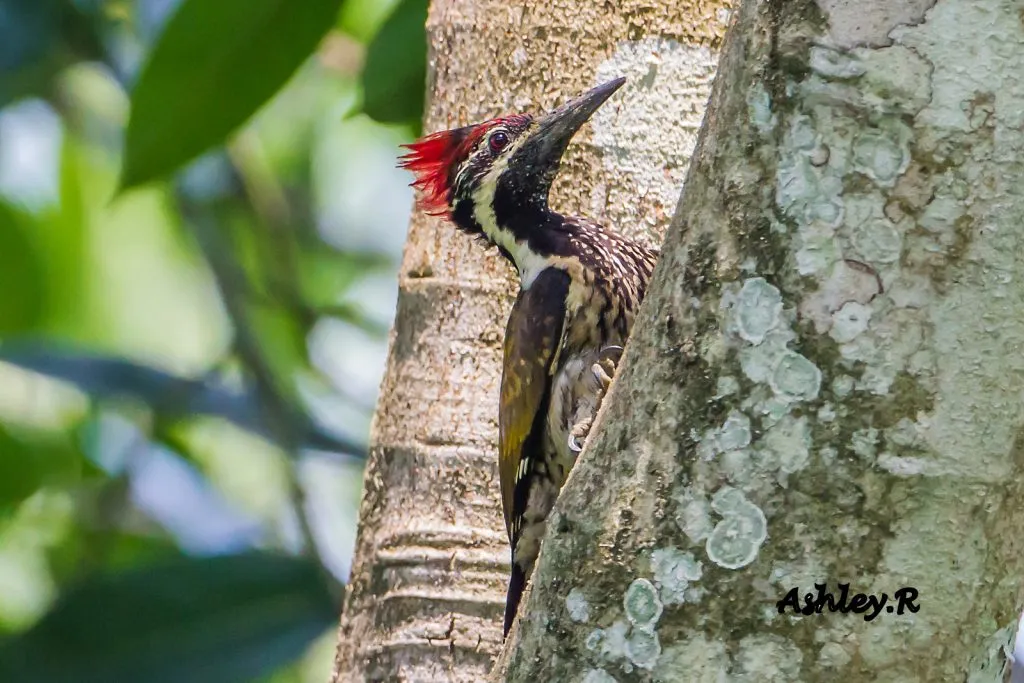
A vast majority of us are unaware of the fact that globally threatened birds occur worldwide and their numbers are highest in tropical Countries which support maximum biodiversity.
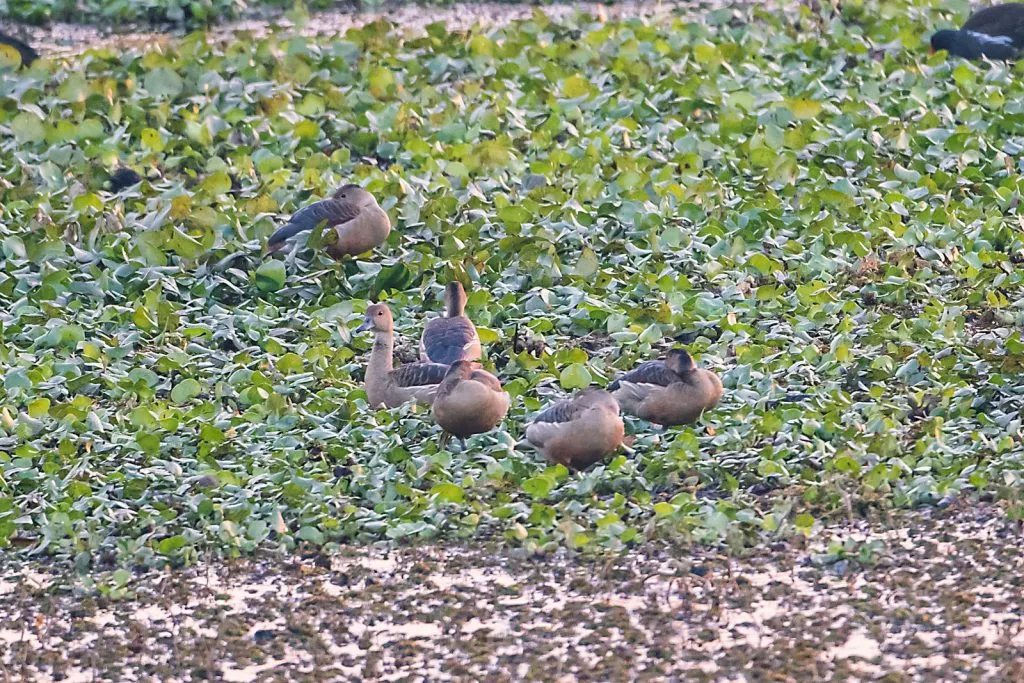
The Coffee Forests, consisting of dense evergreen forests, wetlands, scrub lands, grasslands and shoals play a vital role in creating sensitive ecological niches which support bird species which make their homes at particular altitudes.
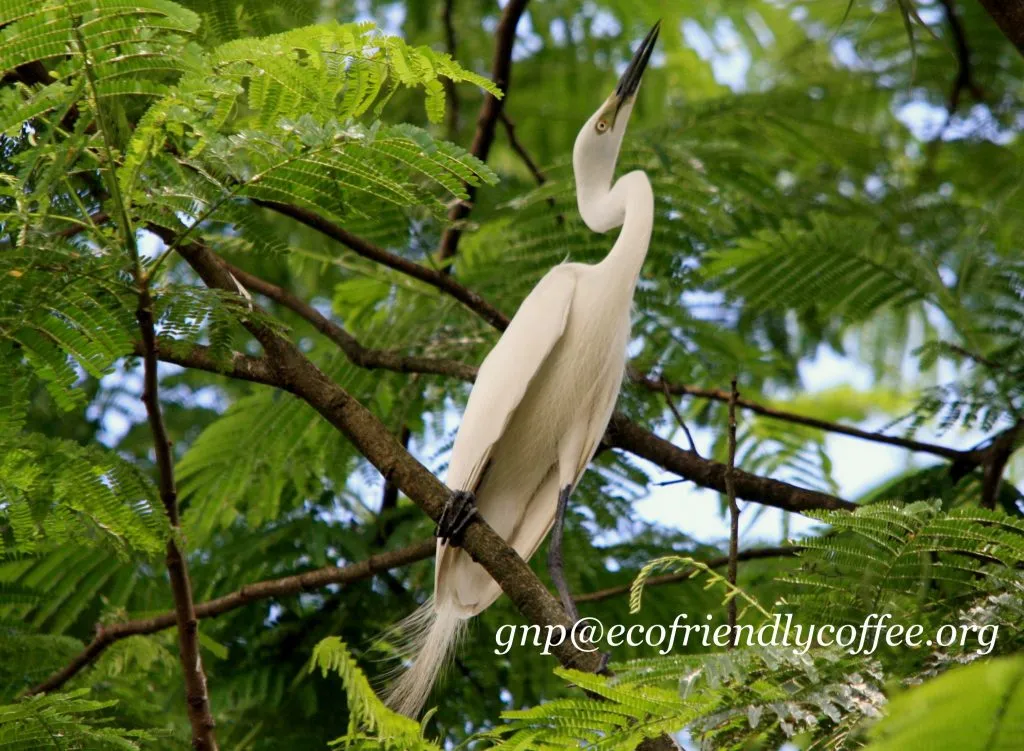
Conservation
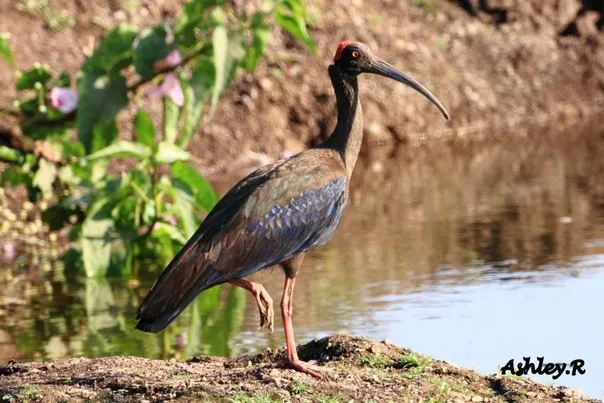
Since millions of birds crisscross many continents on their migratory route, they need the help of Governments to provide them a safe passage.
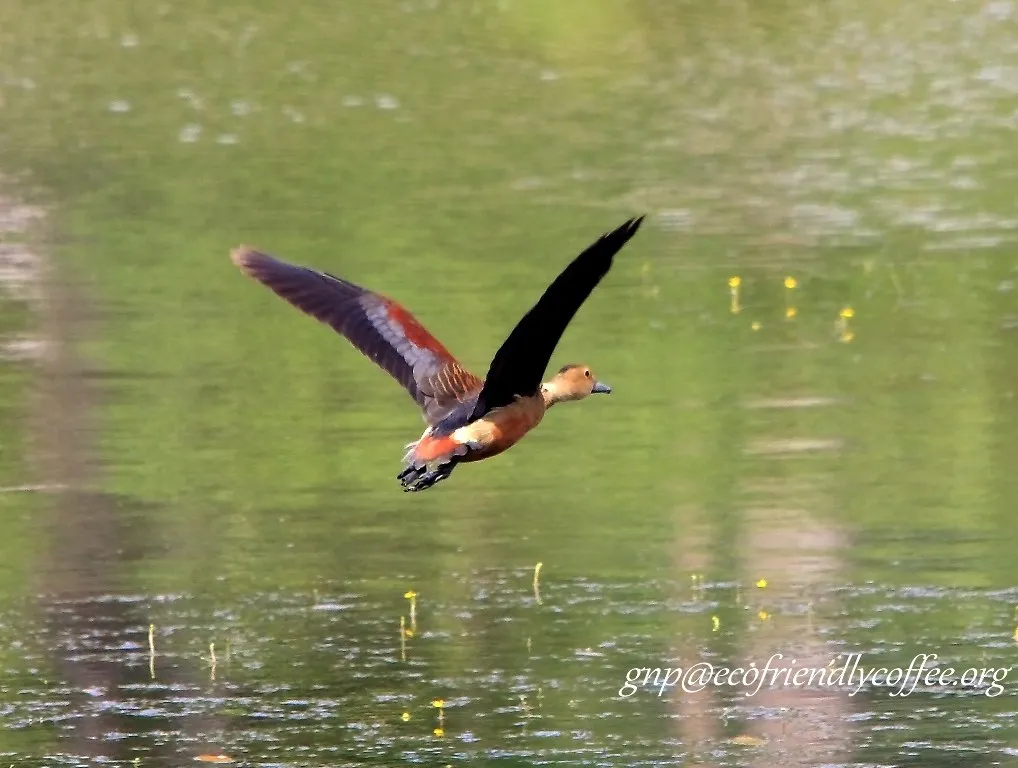
The concentration of birds during migration can easily put species at risk.
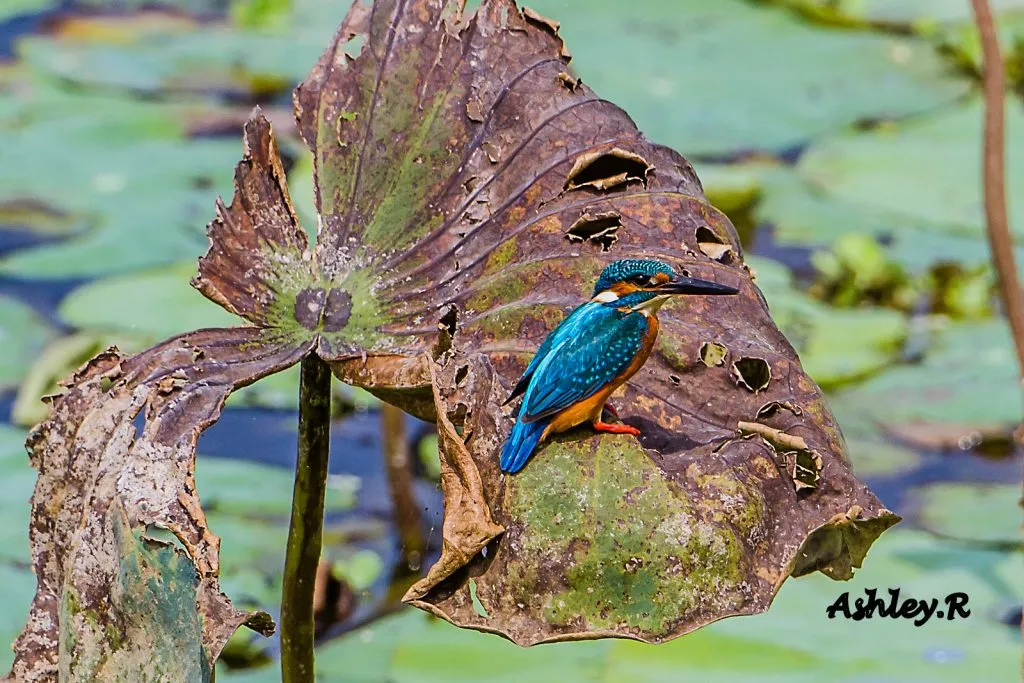
Some spectacular migrants have already gone extinct. The greatest threat to migration is related to human induced activities. Governments need to protect these birds through wildlife acts as well as International Cooperation, International Treaties.

Conclusion
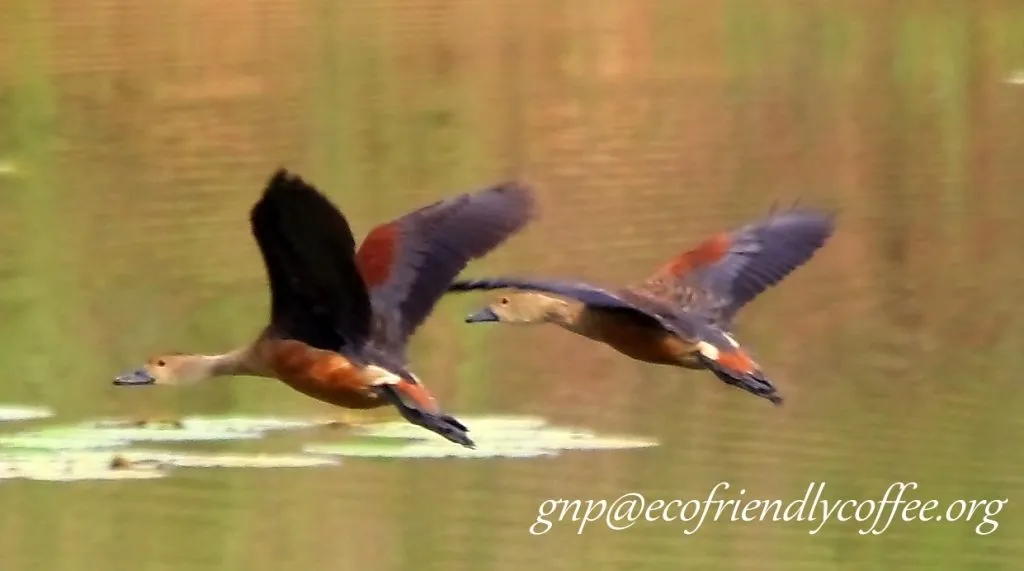
It is a known fact that all migratory birds need refueling stops on their onward journey.
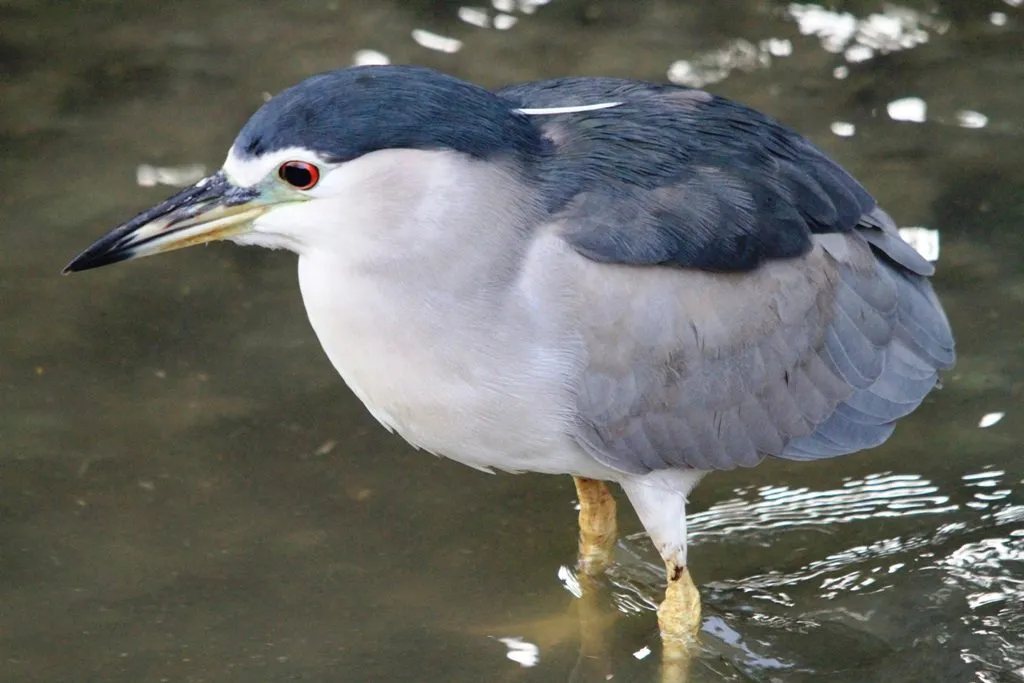
These stopover sites provide an adequate supply of protein rich food for the quick replenishment of fat reserves.
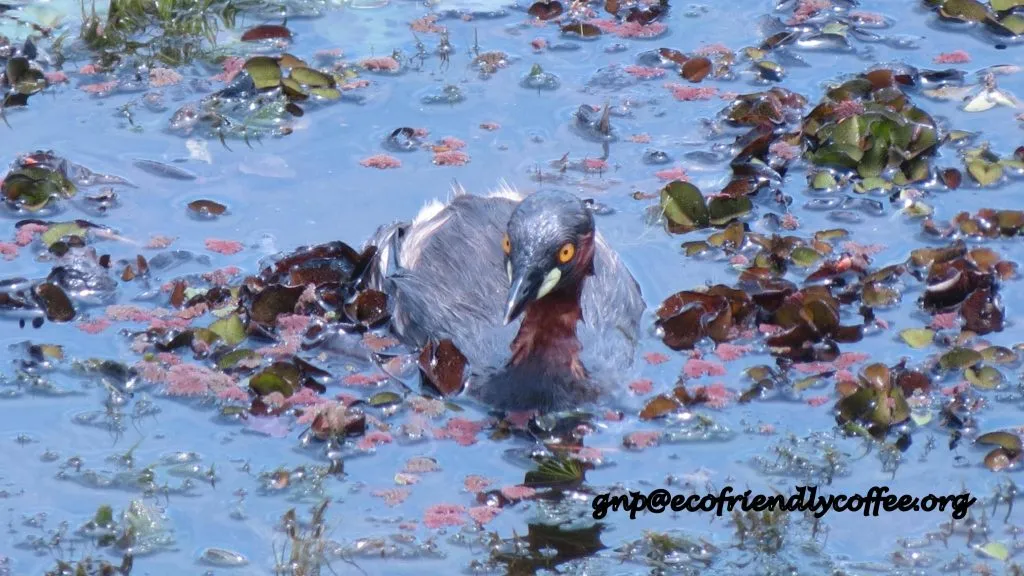
For most migratory birds like the Ibis, Cranes, Pelicans and storks, Coffee Plantations act as an important region for Stopovers.
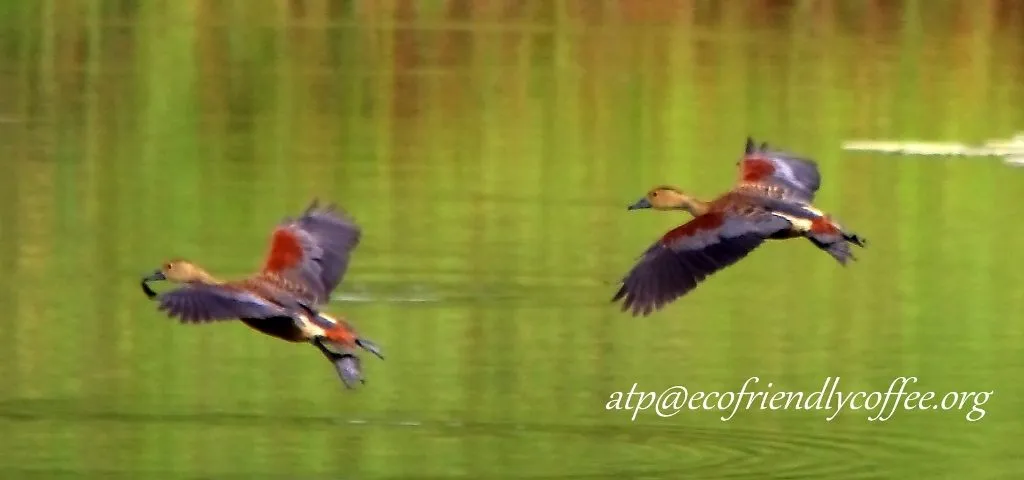
The Coffee Planting community has a key role to play in the success of bird migrations.
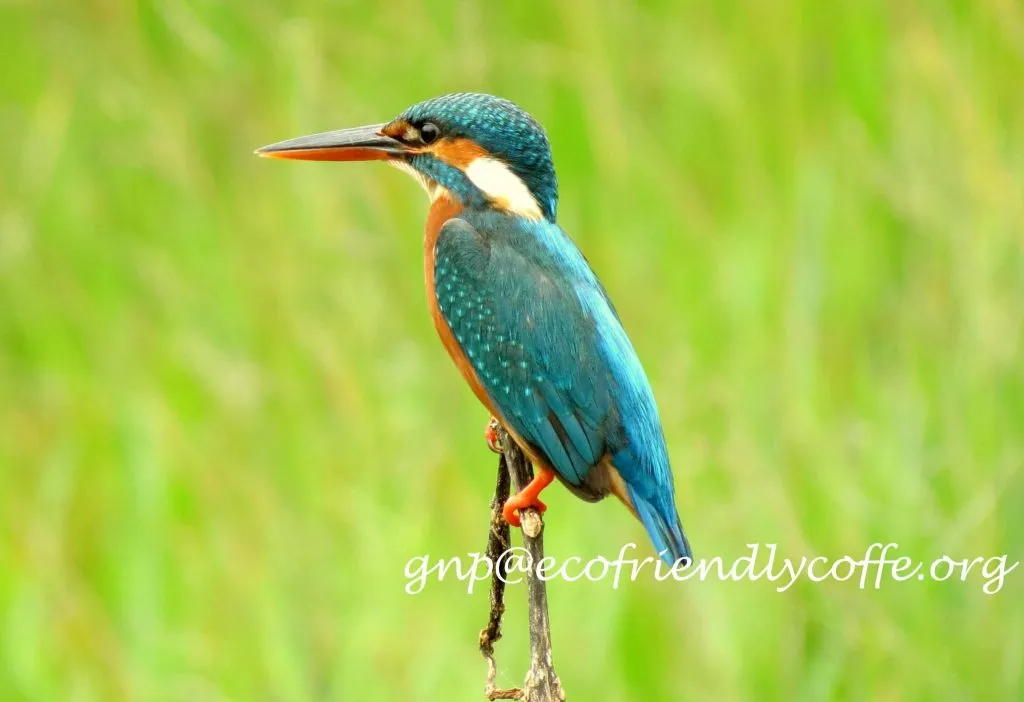
We need to galvanize individual actions into a collective power that has a direct impact in protecting not only migratory birds, but in protecting our unique and life nurturing Planet Earth.
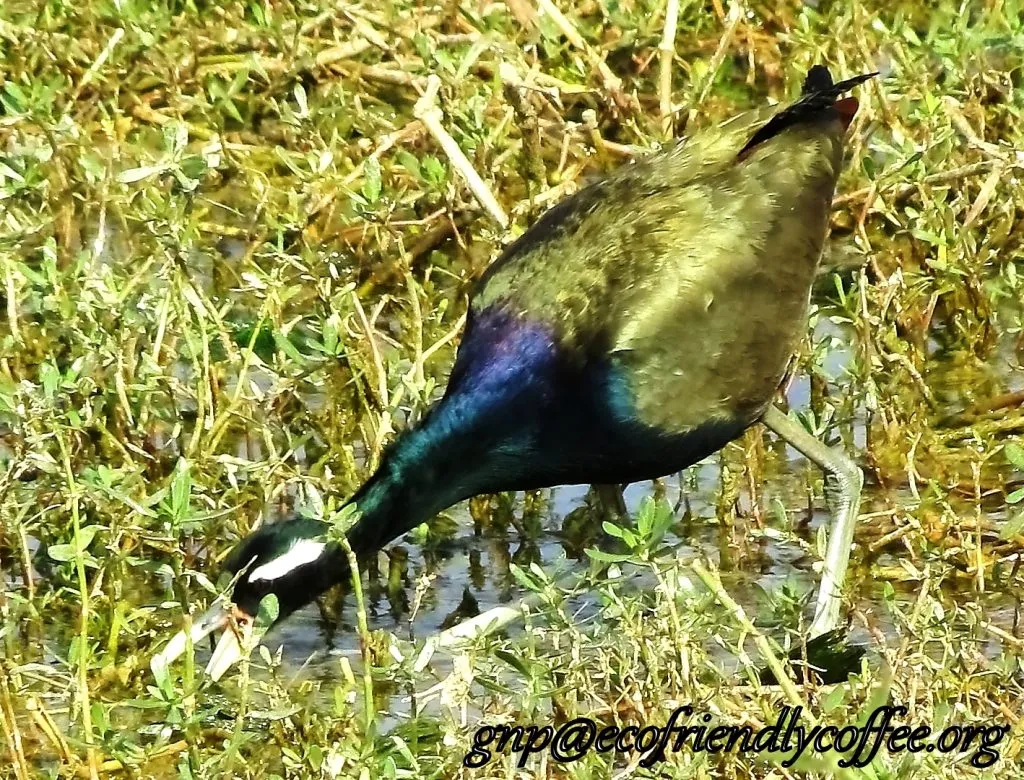
Acknowledgement
These birds inside Shade Grown Ecofriendly Coffee Forests were shot by Mr. Ashley Rasquinha, “Jt. Managing Director”, Electropneumatics and Hydraulics, during his visits to different wildlife Sanctuaries and his wanderings in Nature. Ashley is a avid Bird watcher and brings out a calendar on Wildlife each year to help people understand the value of wildlife conservation.
References
Anand T Pereira and Geeta N Pereira. 2009. Shade Grown Ecofriendly Indian Coffee. Volume – 0ne.
https://en.wikipedia.org/wiki/Bird_migration
http://www.allaboutbirds.org/the-basics-how-why-and-where-of-bird-migration/
http://www.wbu.com/chipperwoods/photos/migrstop.htm
http://www.encountersnorth.org/wildexplorer/birdmigration/champion-migrants
